And this week saw me at the summit and in the valley, albeit not in the same day.
The barred owl awaiting release was taken back to his home territory by the folks who initially brought him to LWR, and they reported he wasted no time heading back into the woods.
This freed up the raptor flight for the big ol’ female red-tail, who is doing so well that she could be looking at release by the end of the week.
Tuesday, the same day the crow was released, a panicked call came in from a lady who’d run over a nest on the ground with a bulldozer. Mama and all sibs except one were killed; she was seeking help for that sole survivor. I couldn’t for the life of me imagine what songbird already had babies in FEBRUARY, so I asked her to send me a photo while I was trying to arrange transport.
It was a woodcock chick. And oh, he was so adorable! I’d never had a woodcock in rehab, so this was gonna be interesting!
We got transportation arranged; I set about preparing nesting, heat and food for the wee one, and when he arrived, he was hungry, active and alert, and weighed just 12g. Based on his weight and the softness of his beak, I guessed he was a recent hatchling, probably only a day or two old. While woodcocks are considered precocial birds, they don’t immediately start self-feeding upon hatching as other precocials do; Mama feeds them for the first week or so—and 90% of their diet is earthworms, which I’d laid in a supply of while he was en route, along with other soft insects and such for variety.
And yes, it sucked, and yes, it hurt my heart to lose such a precious little one. But again, as many of my colleagues and I have discussed, the day the deaths stop hurting is the day we need to give up our permits.
The screeches are being housed together now, but the fellow found in the middle of the road is having severe eye issues. We initially didn’t think his eye was too badly damaged, but it’s not looking good now. He’ll be headed back to Smalley’s for a follow-up visit soon.
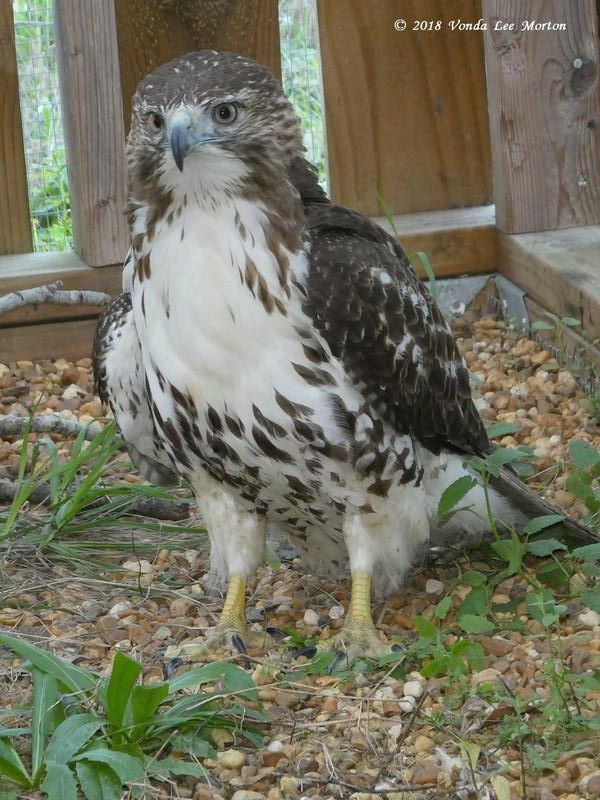
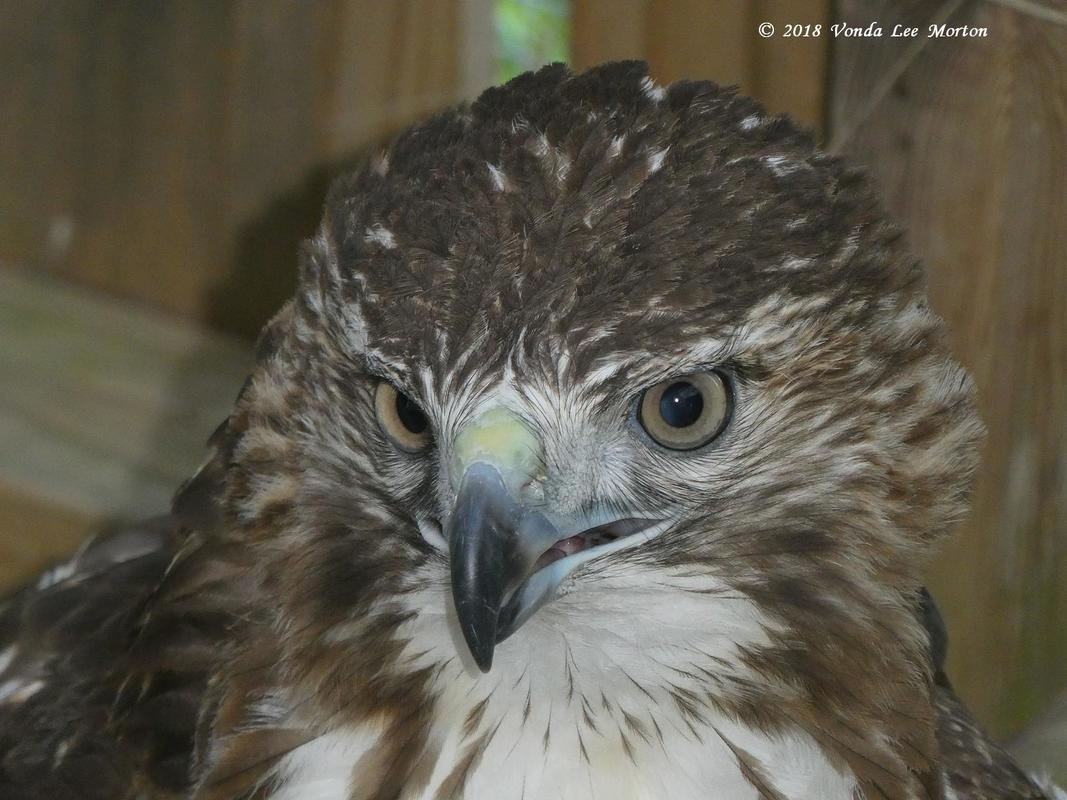
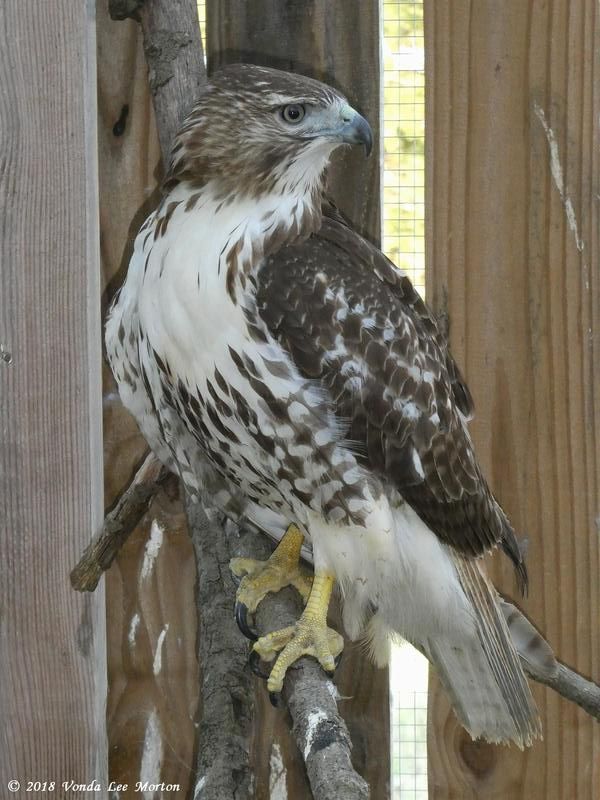
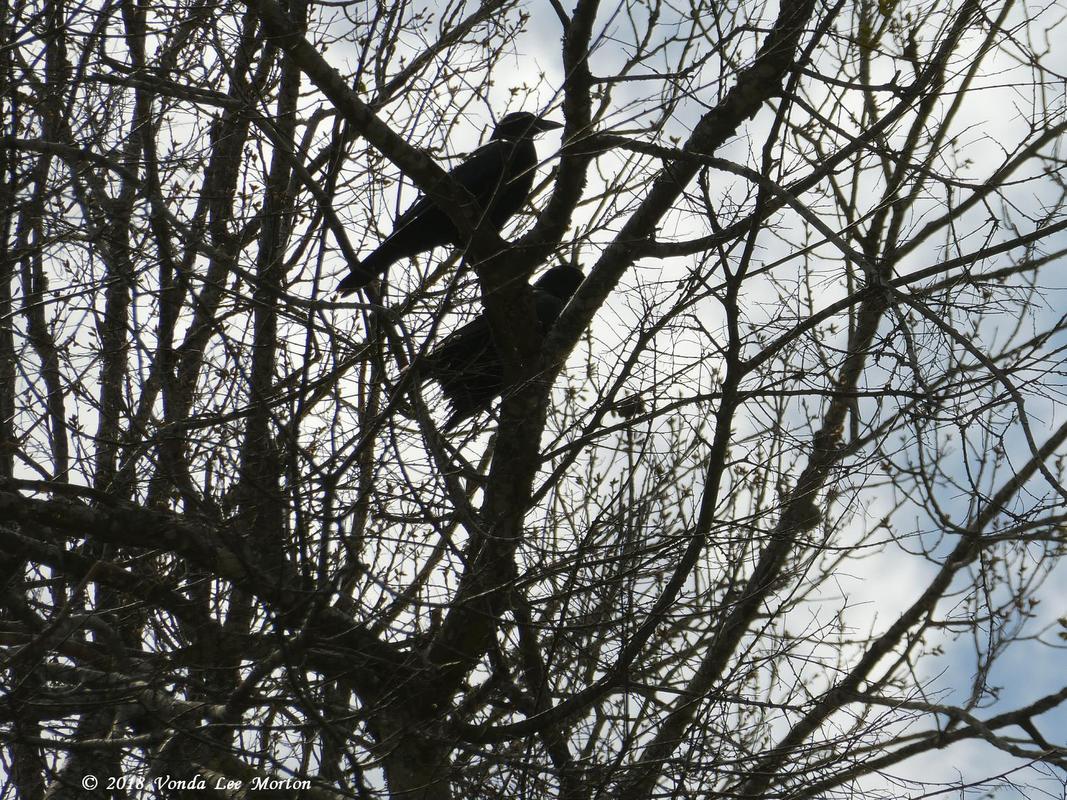
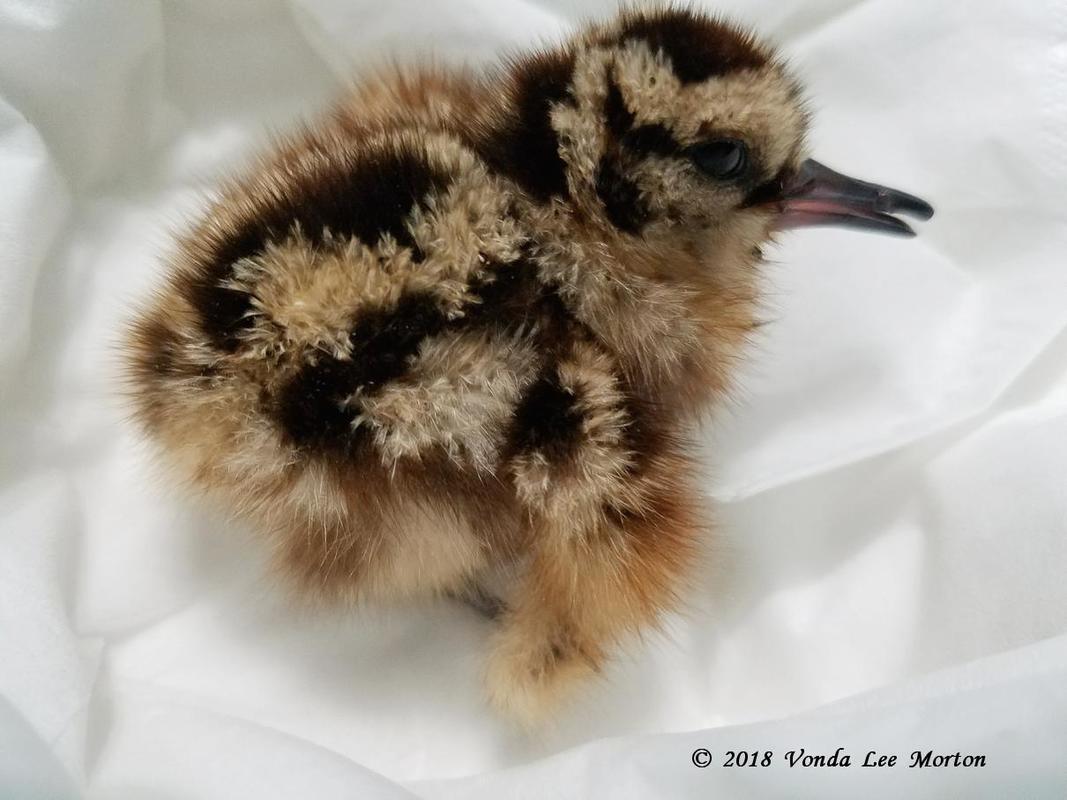
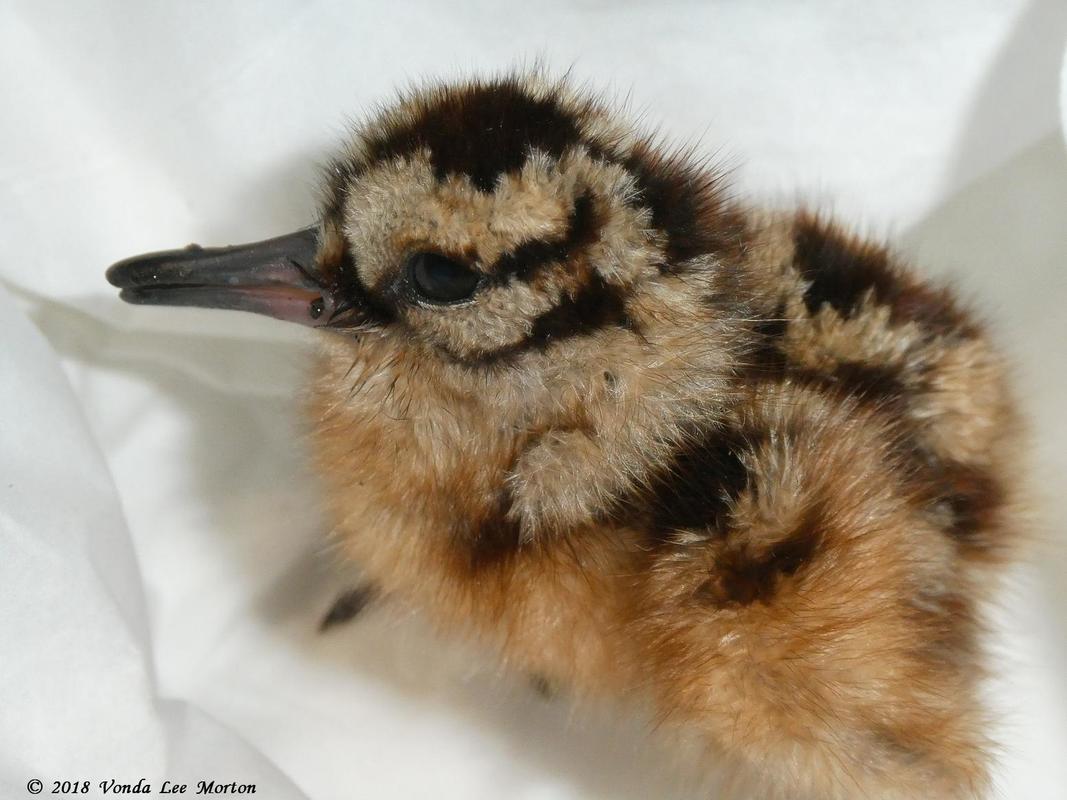
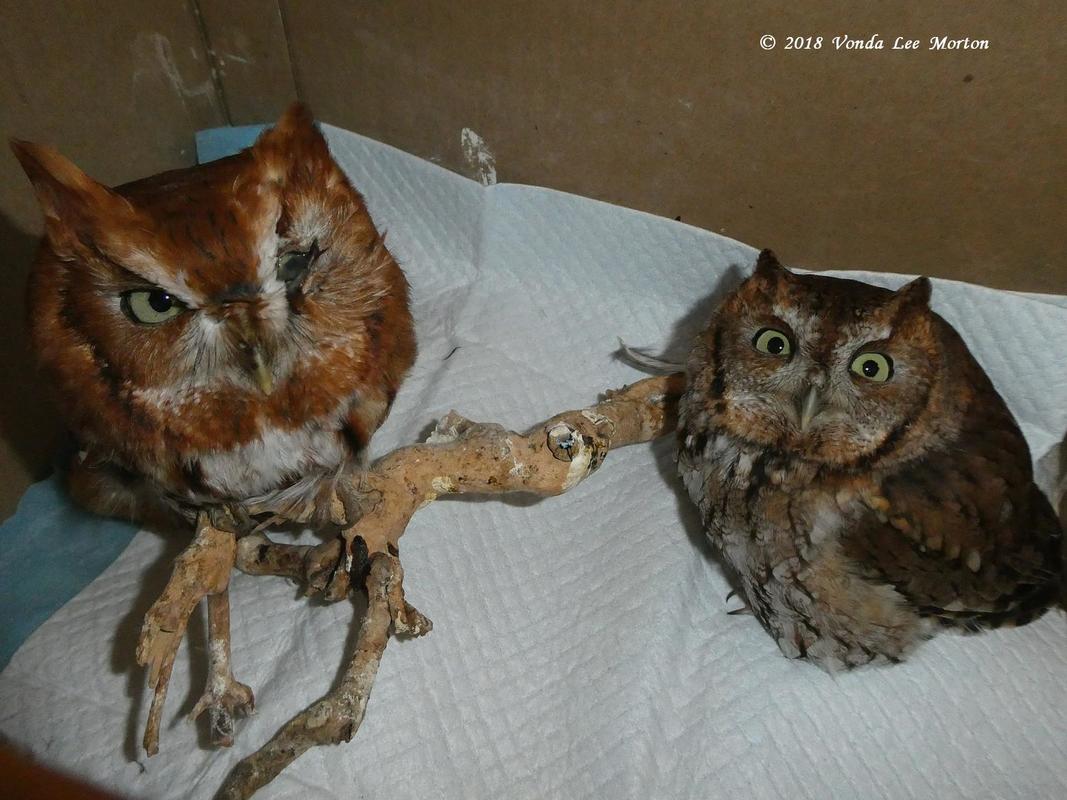
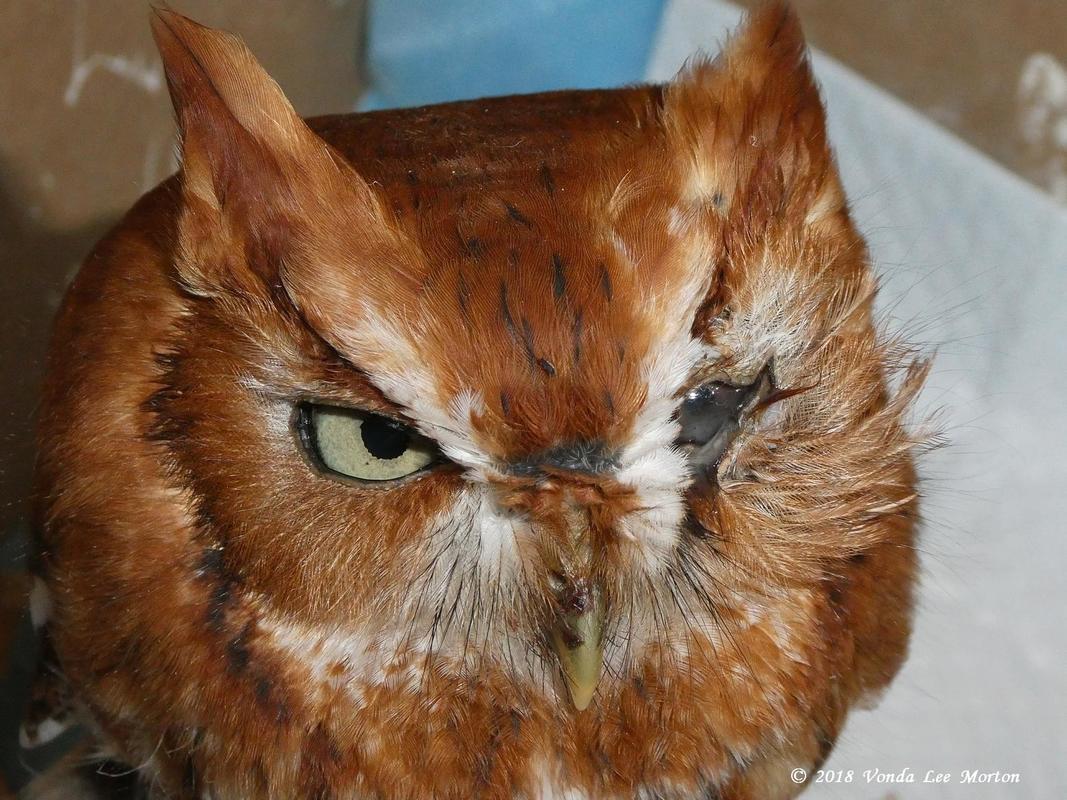
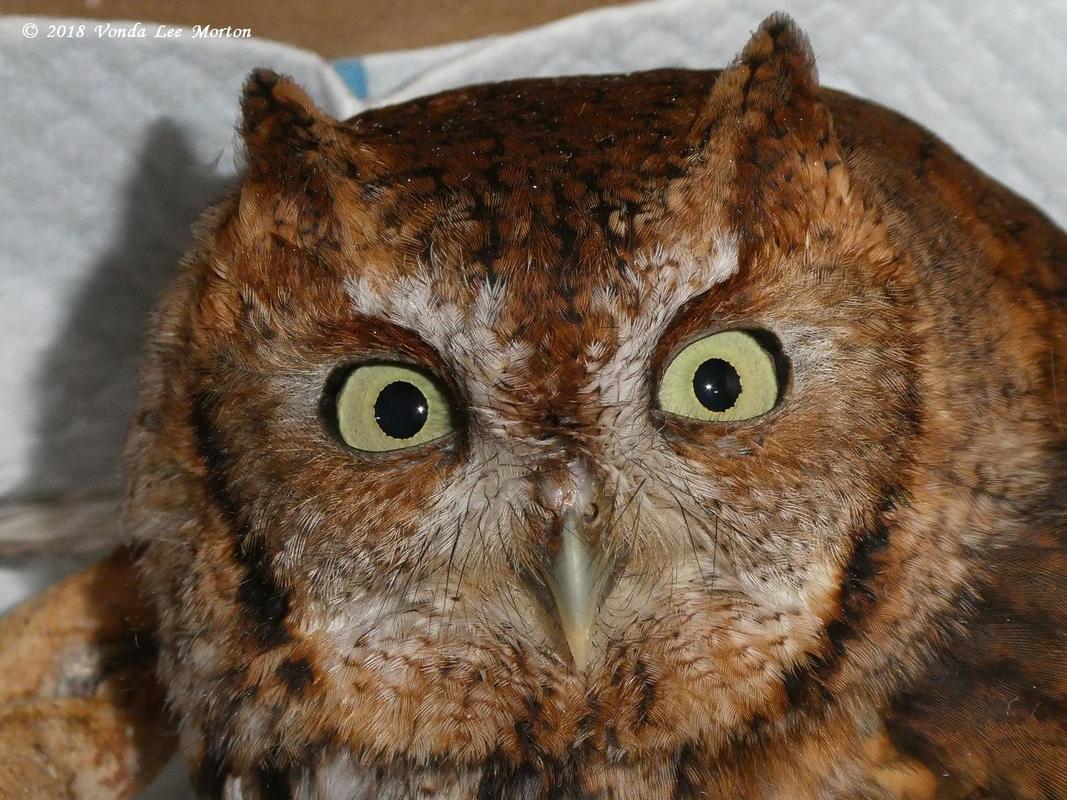
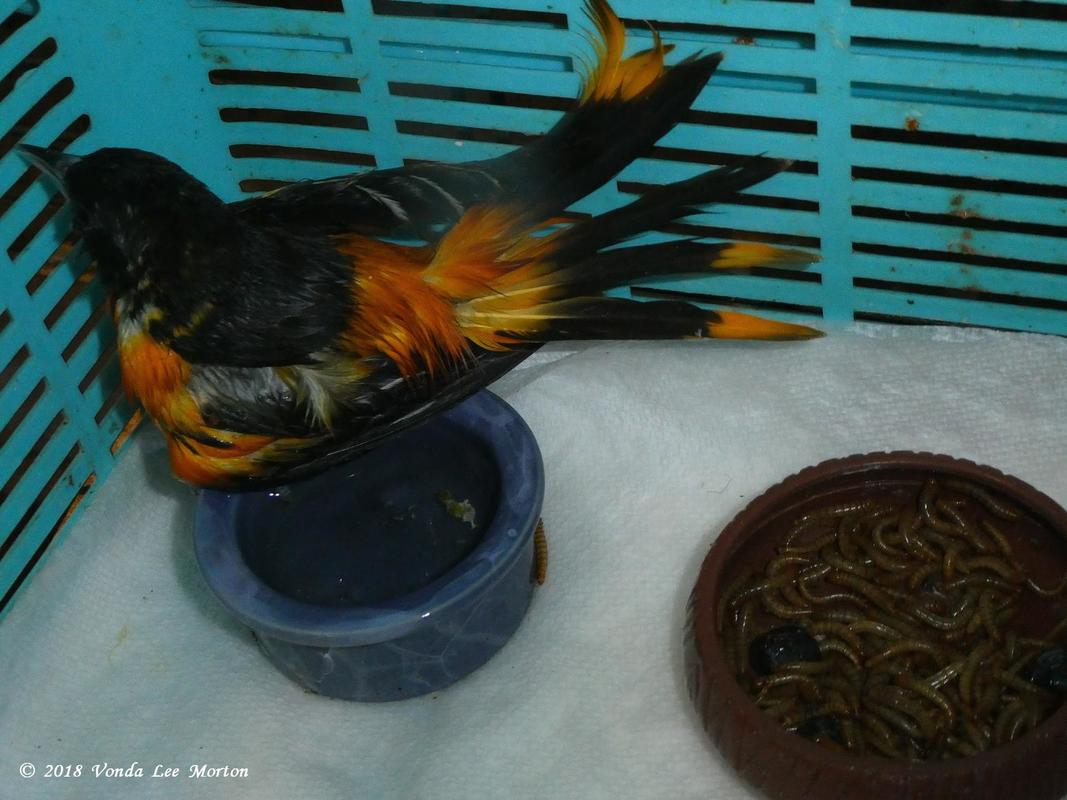
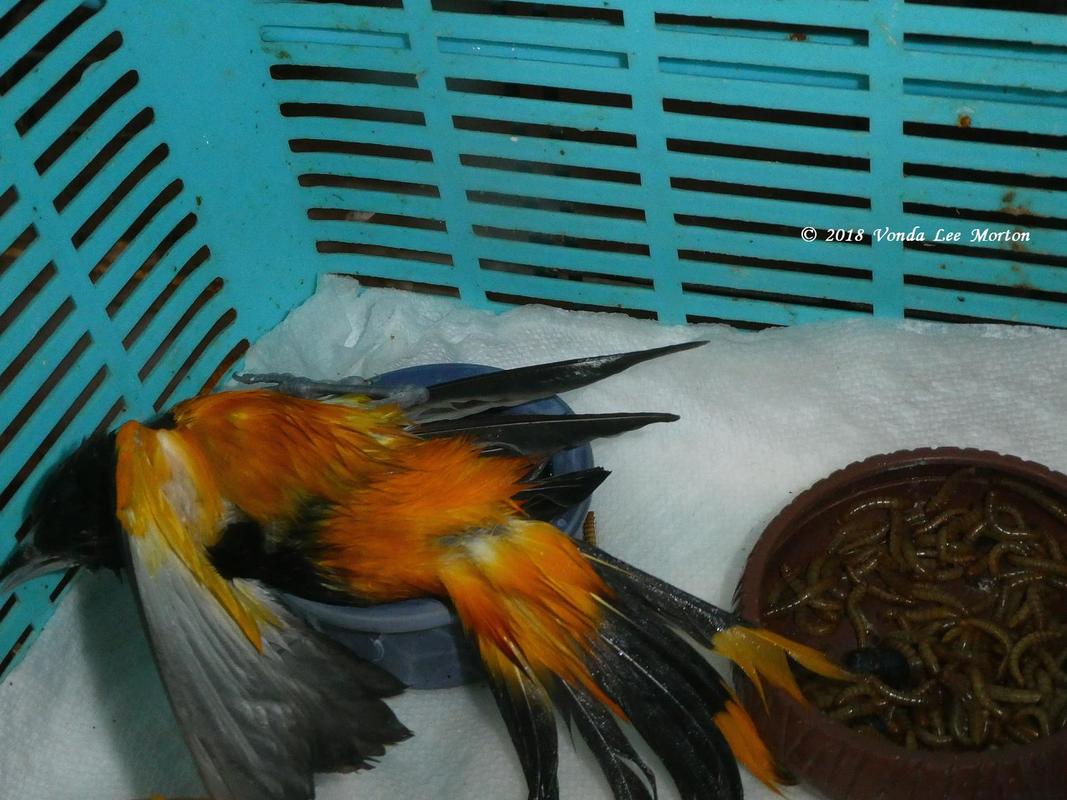
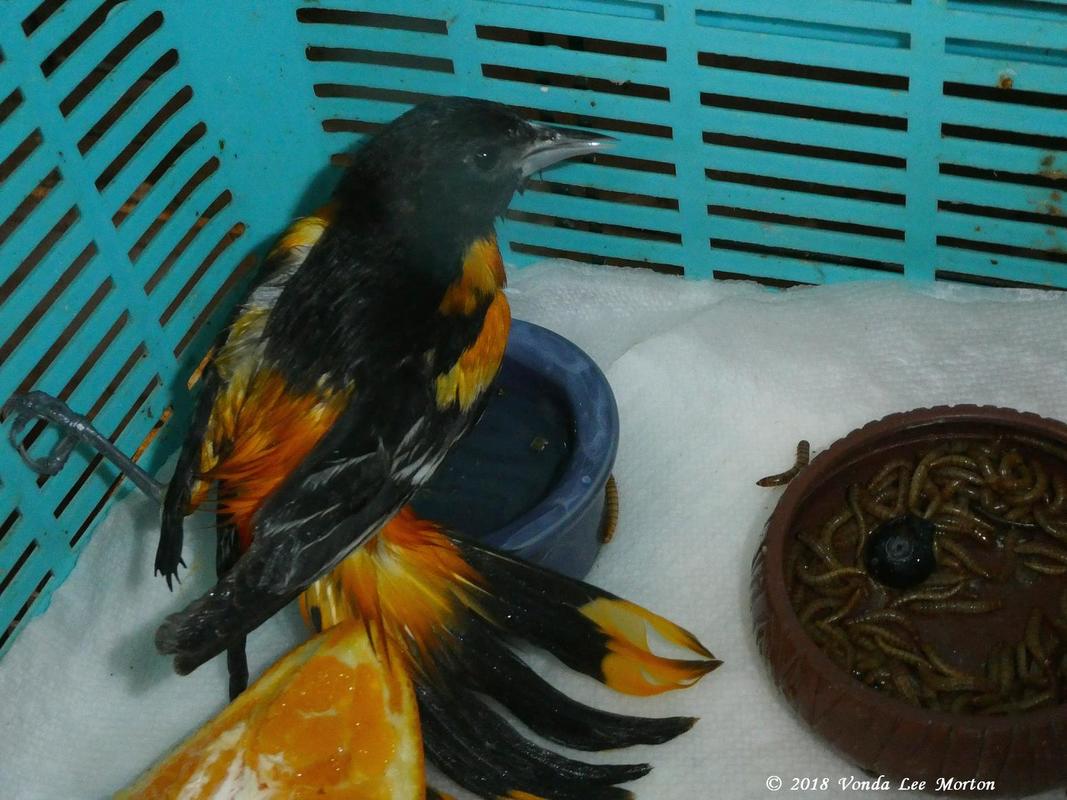
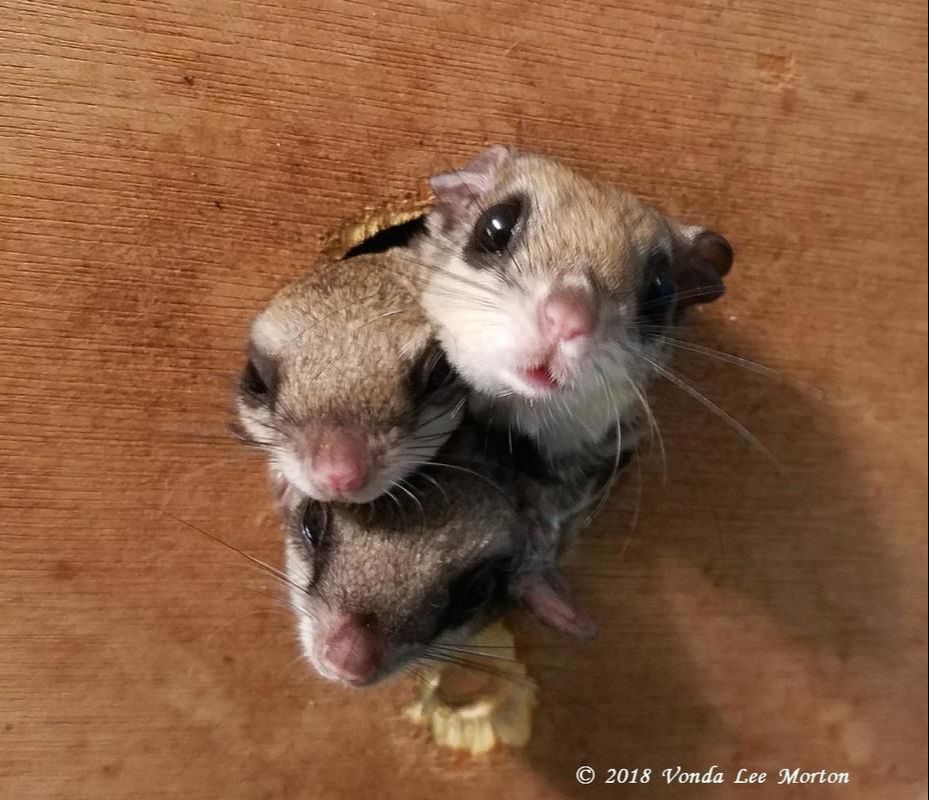
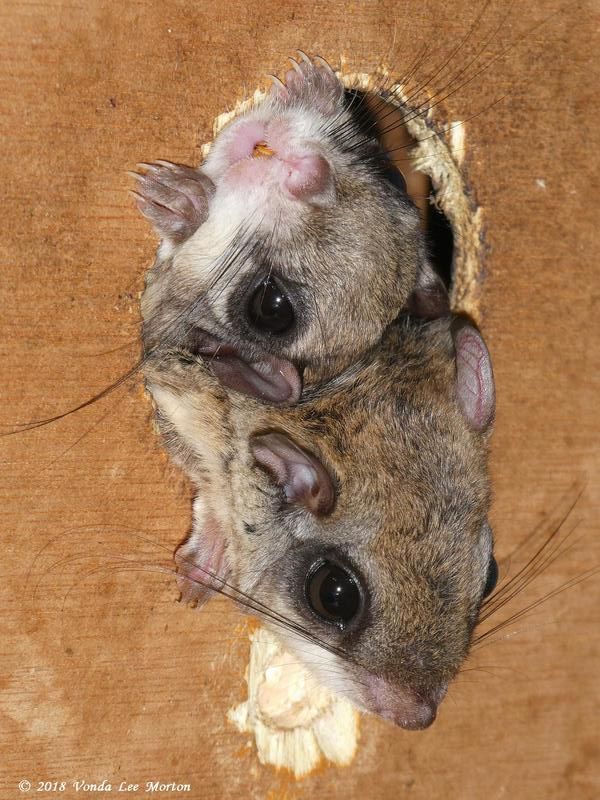
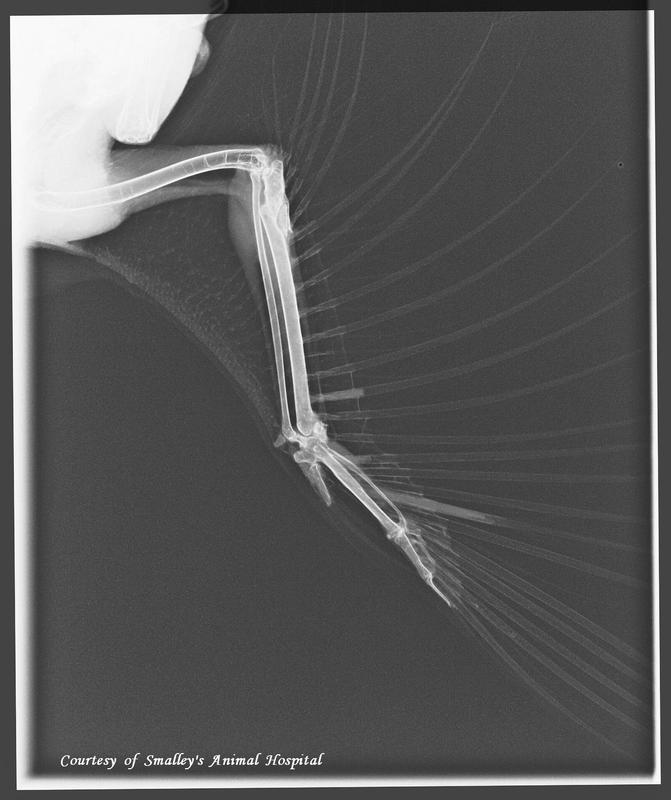
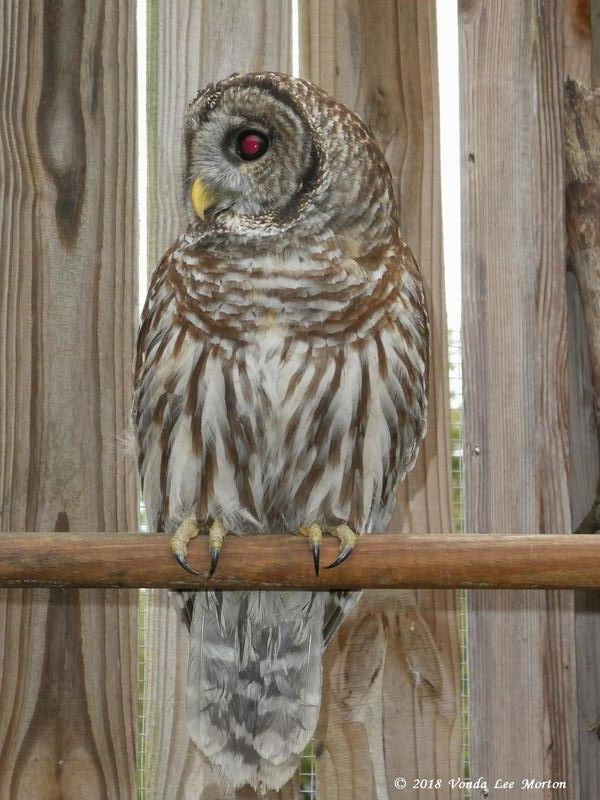
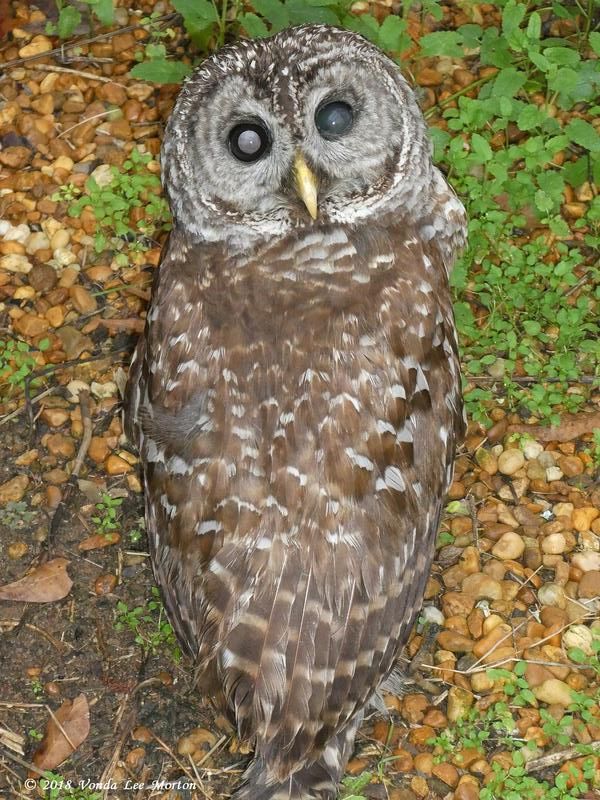
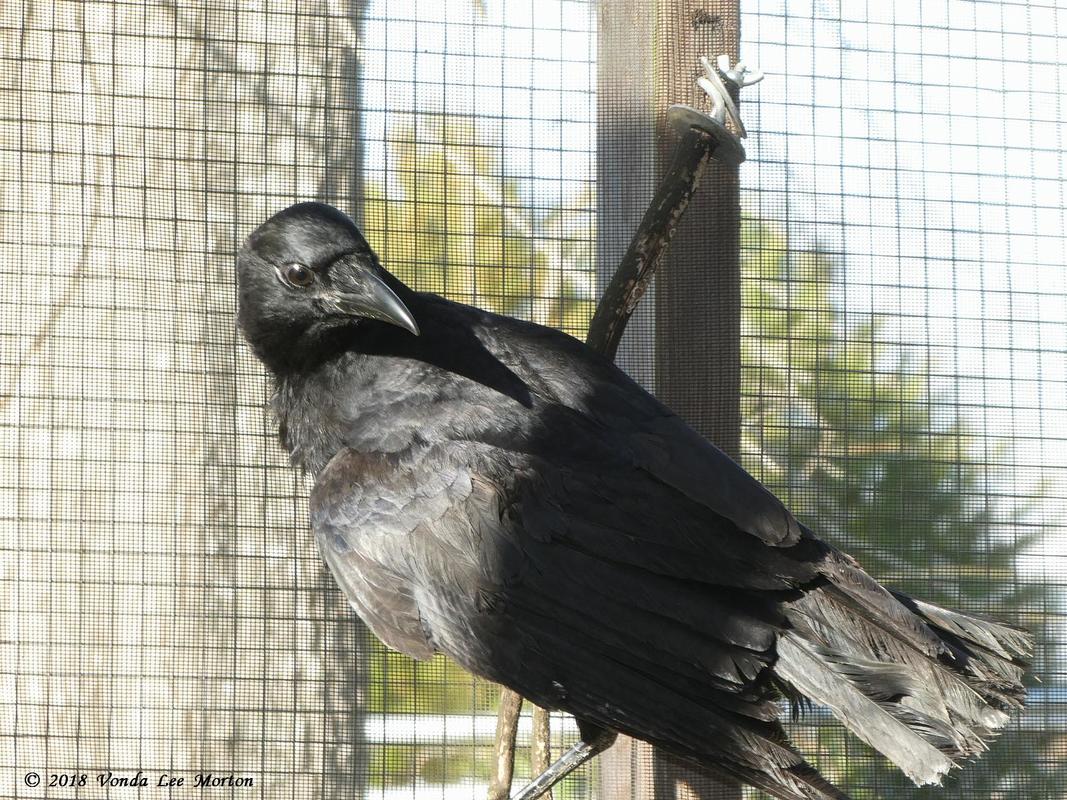
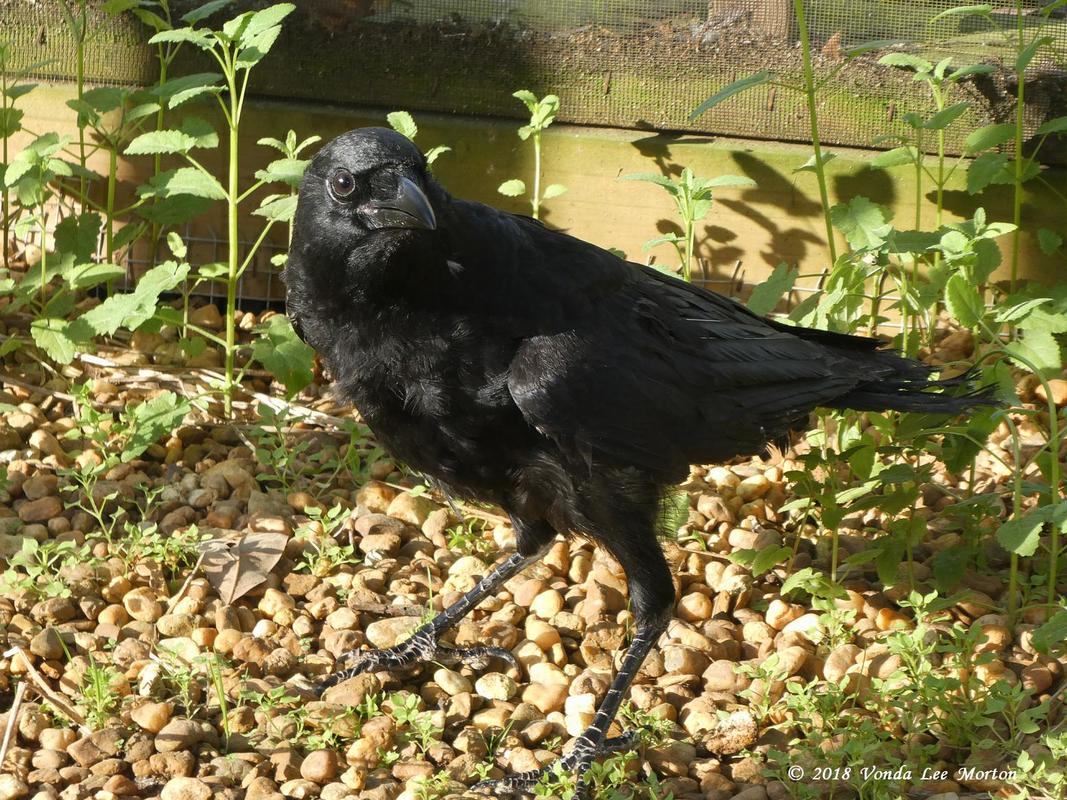
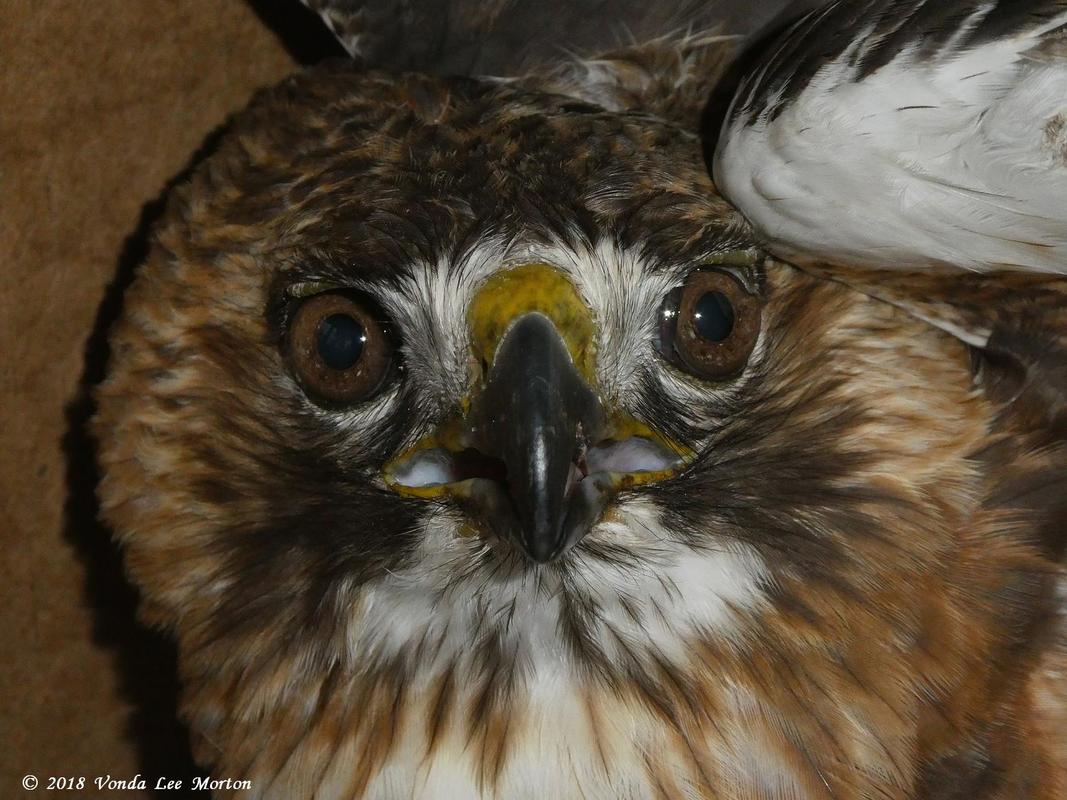
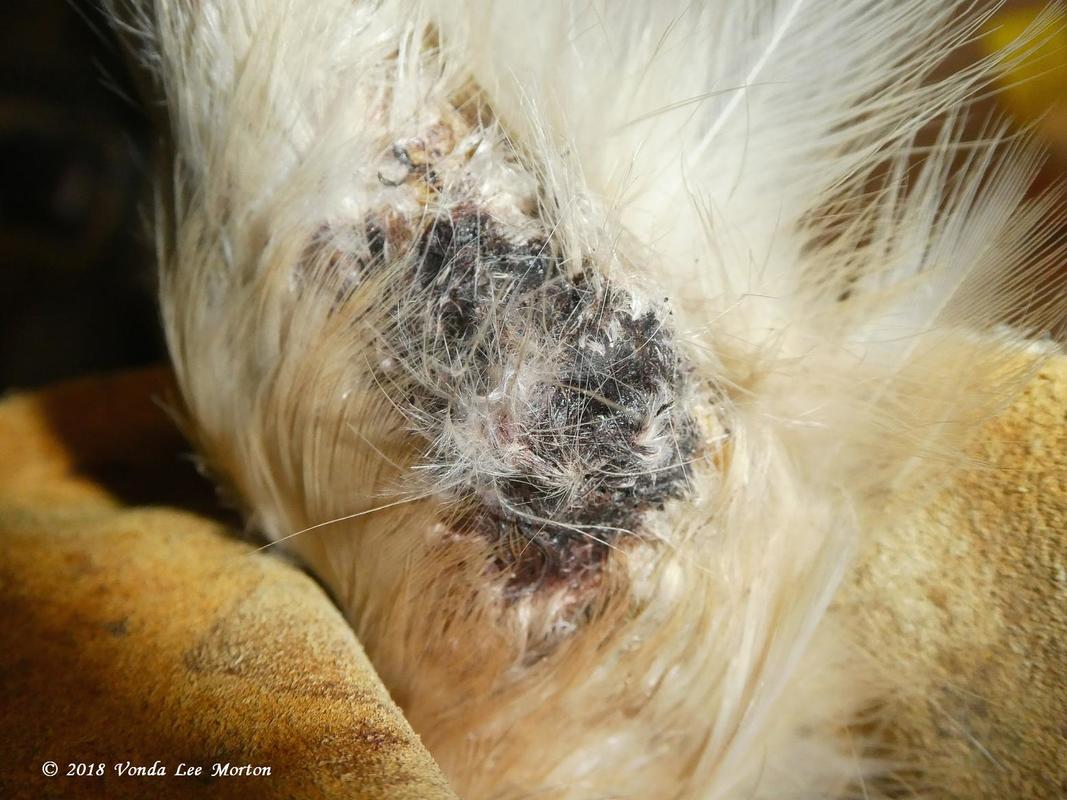
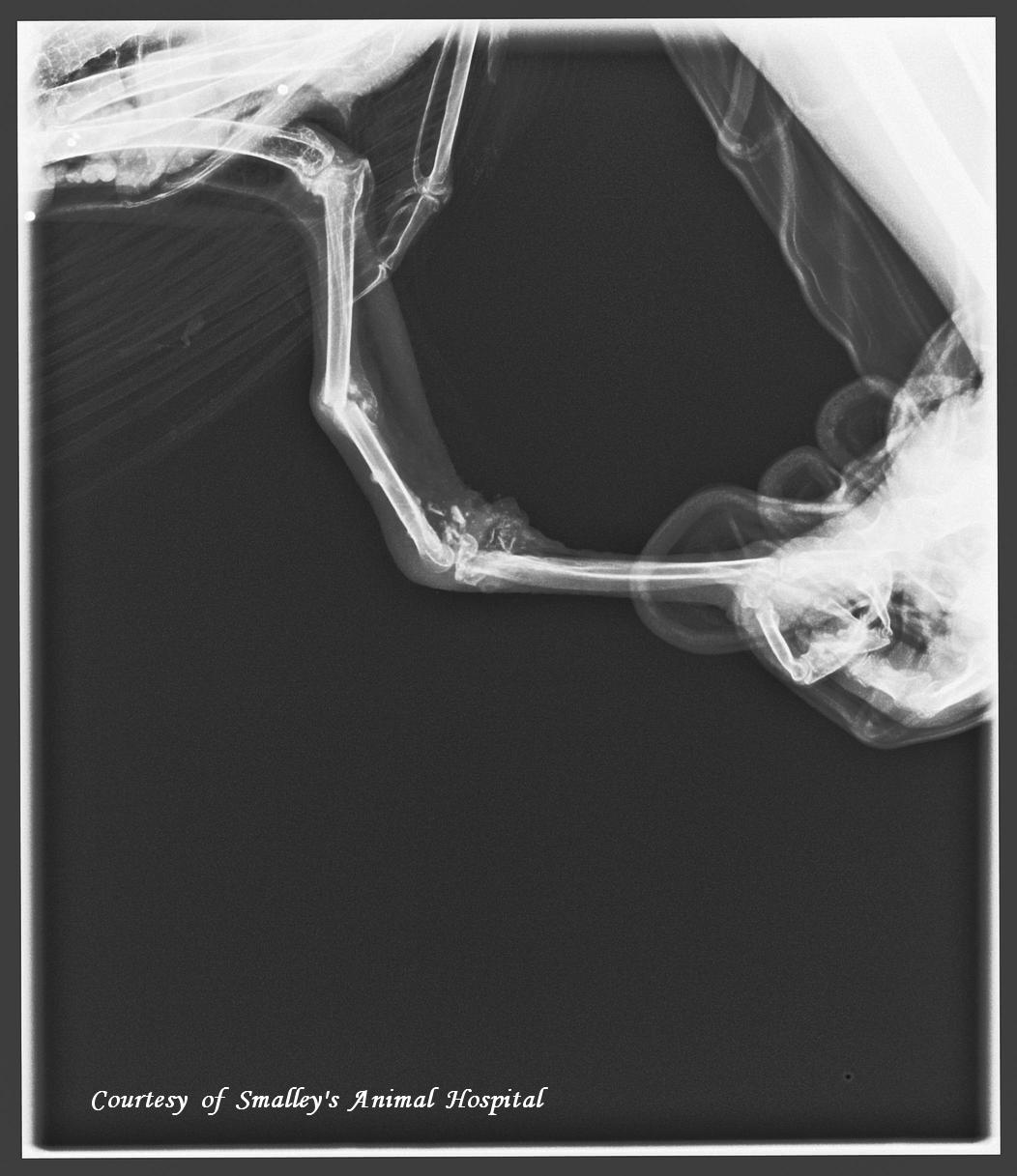
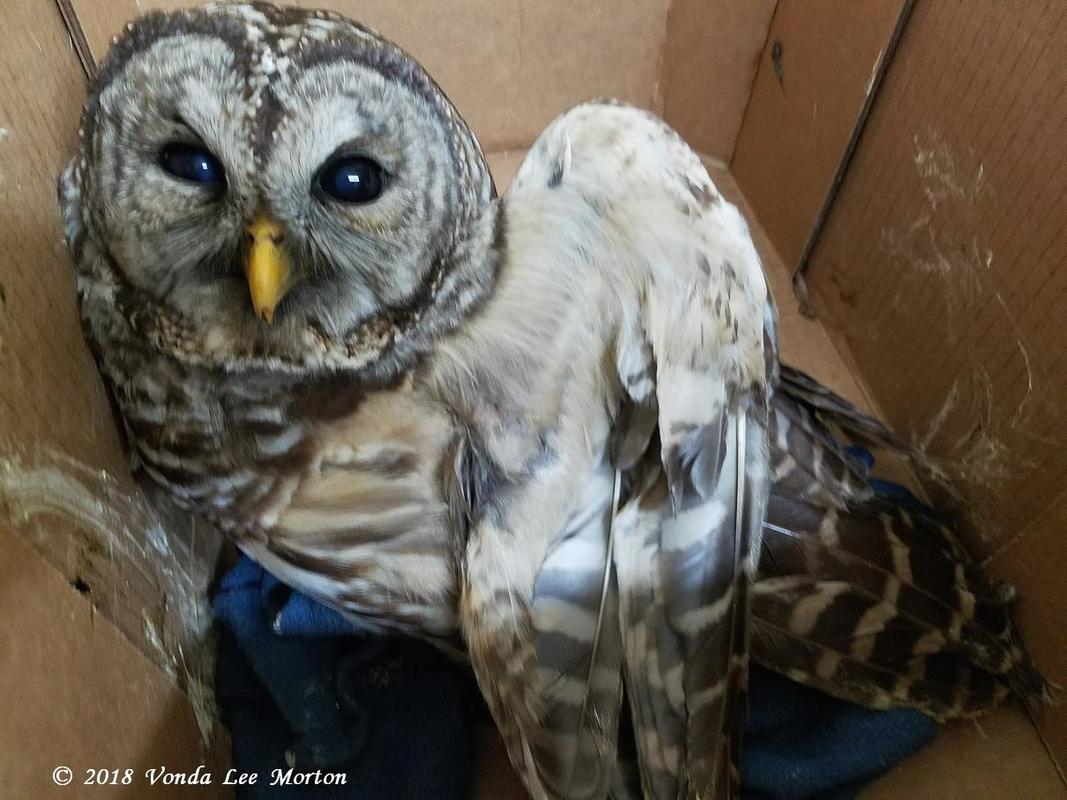
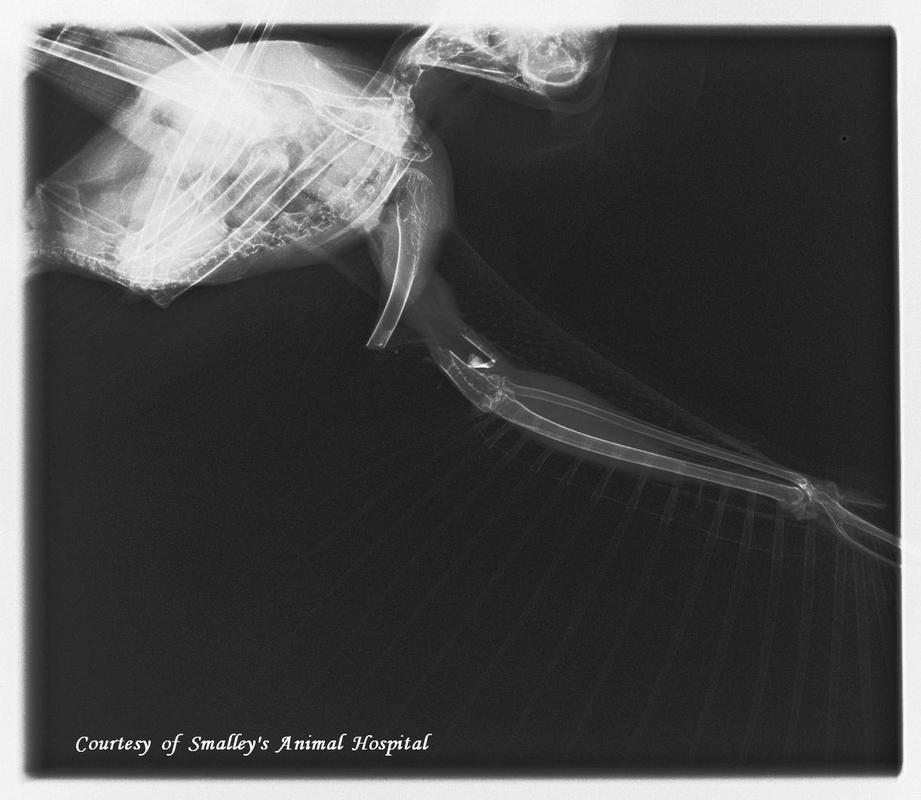
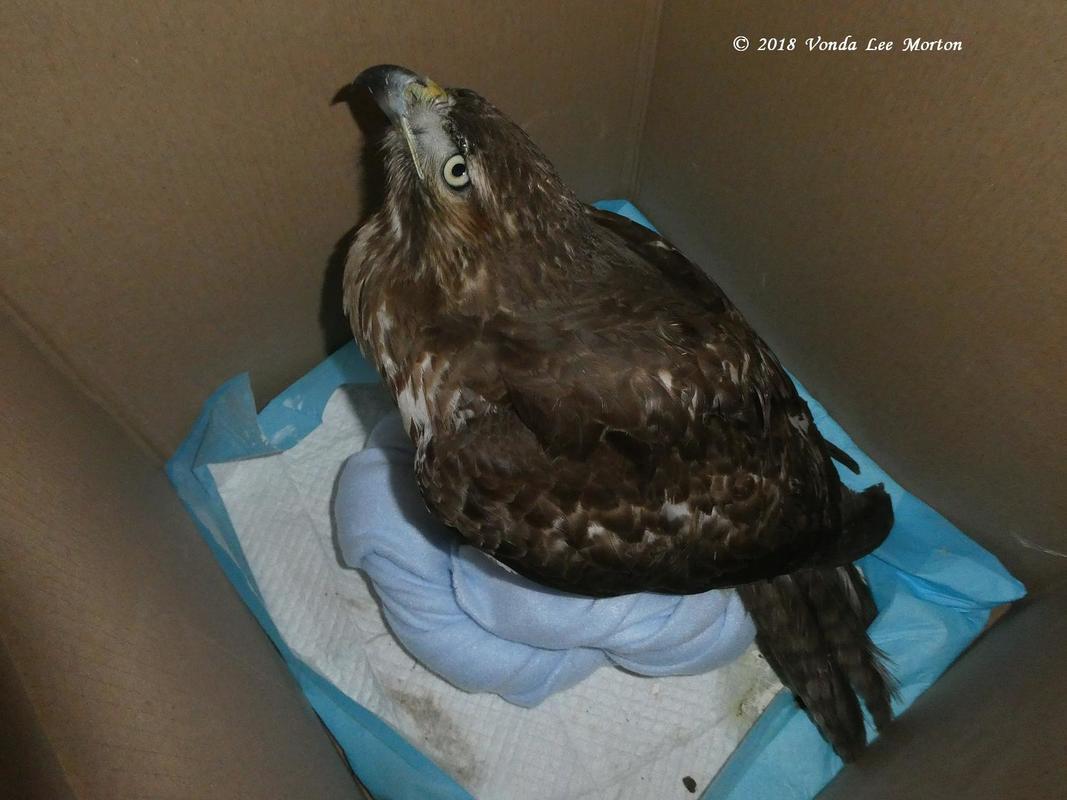

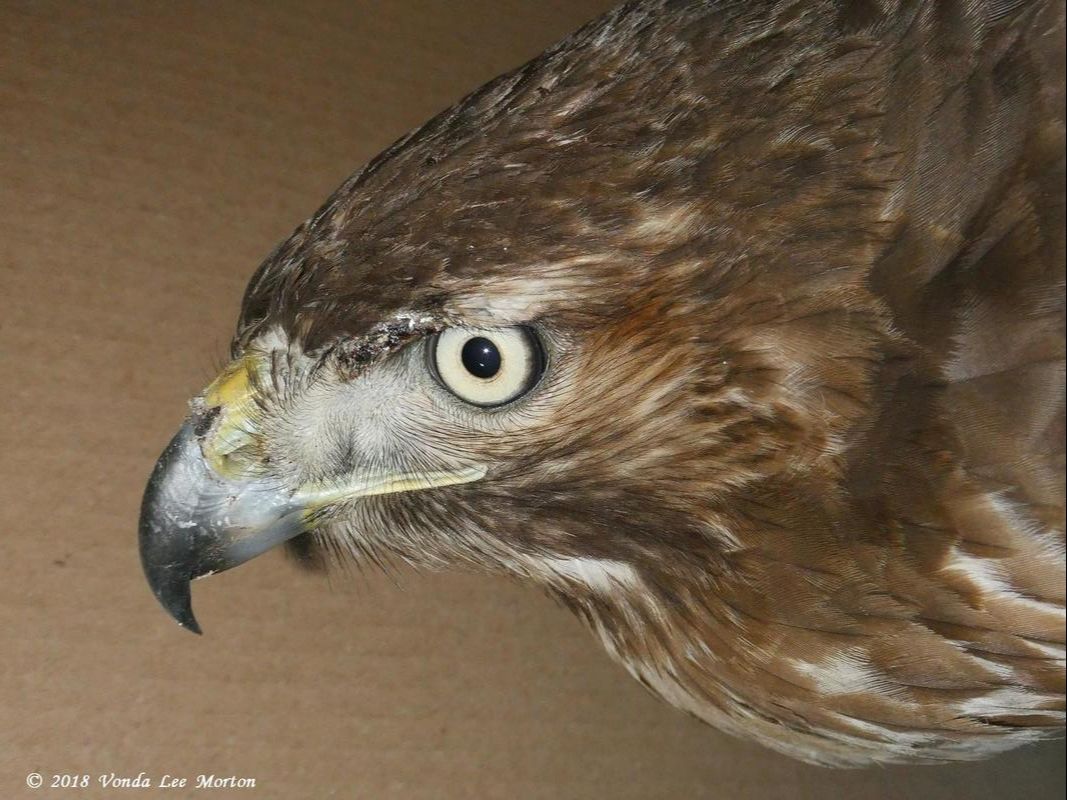
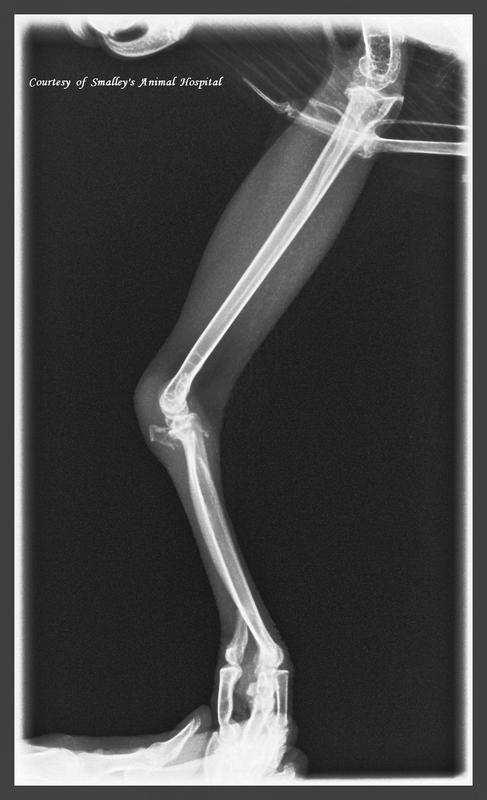

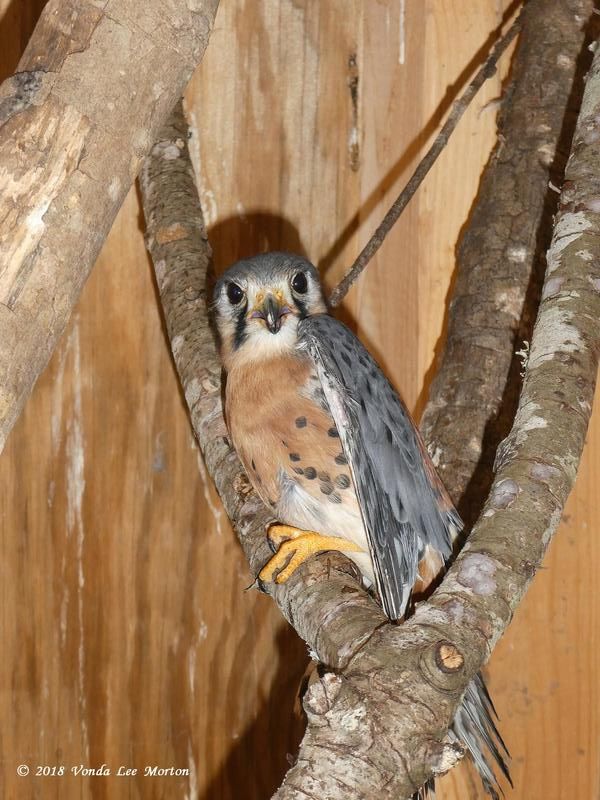
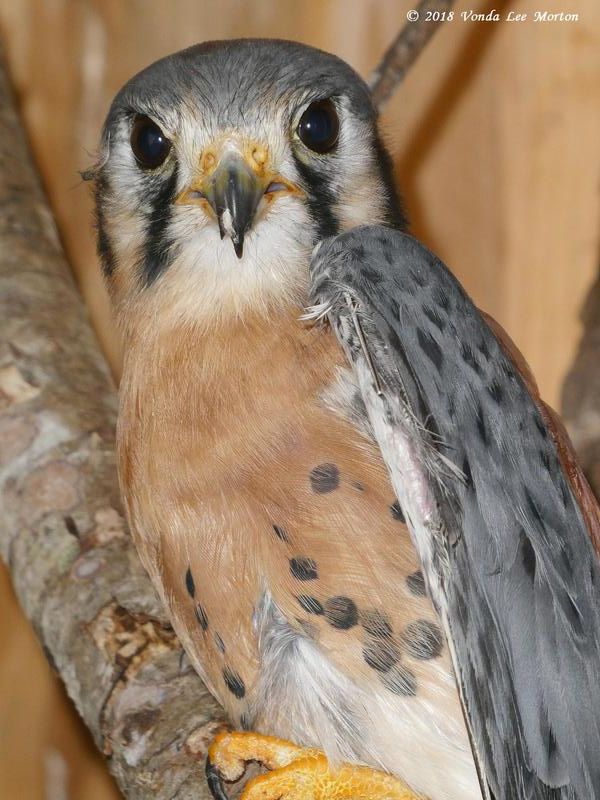
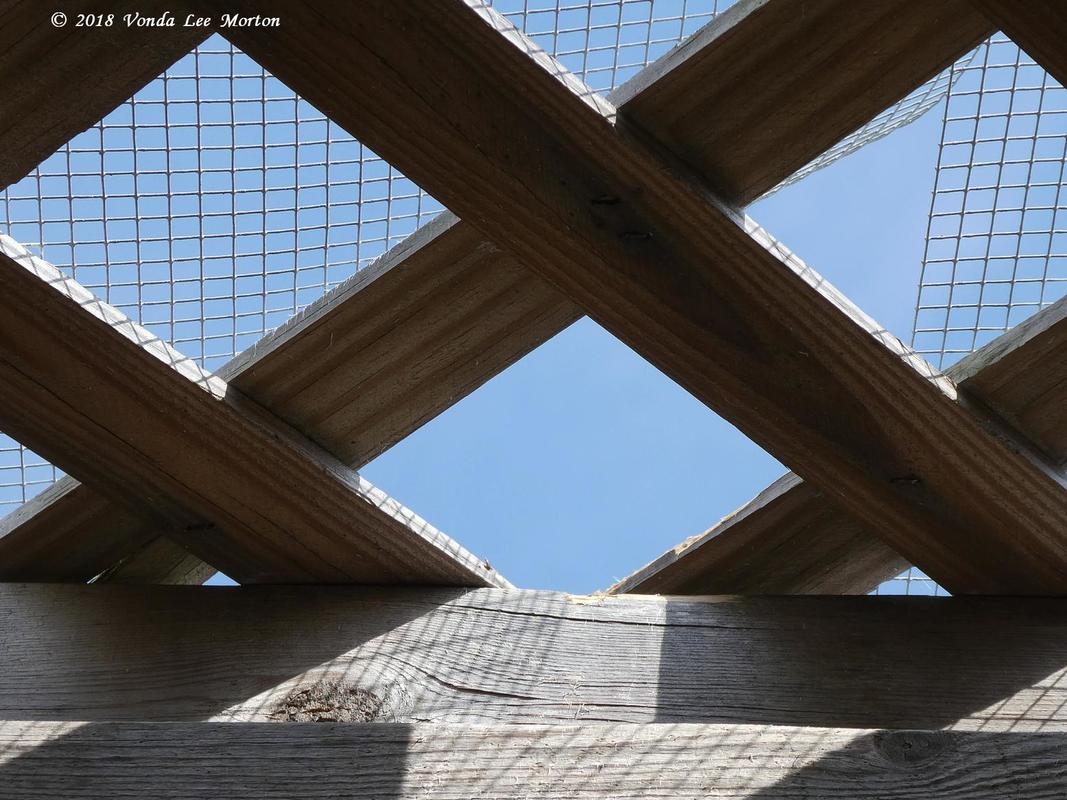
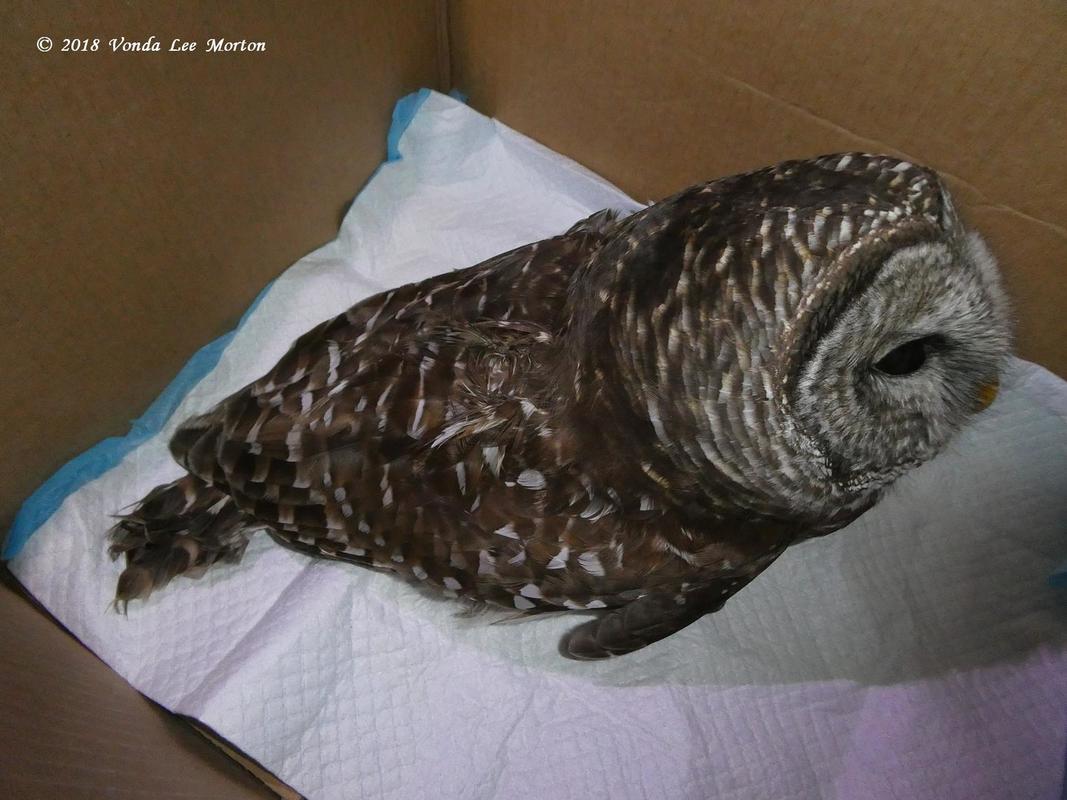
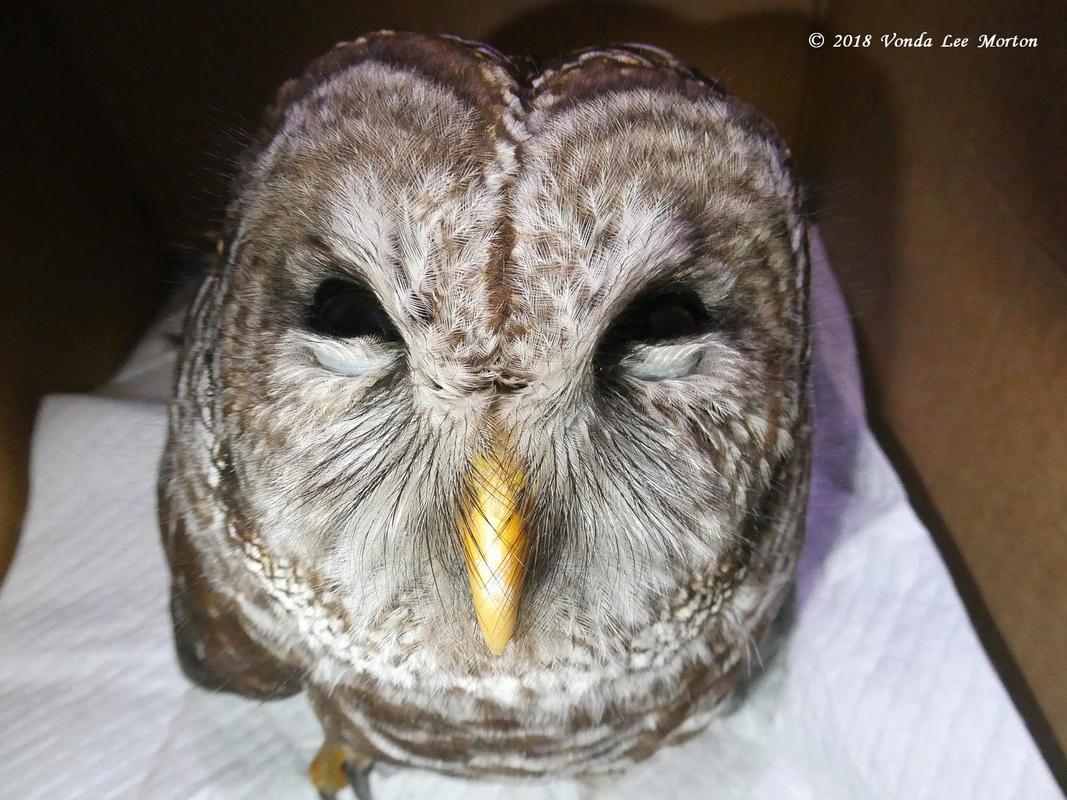
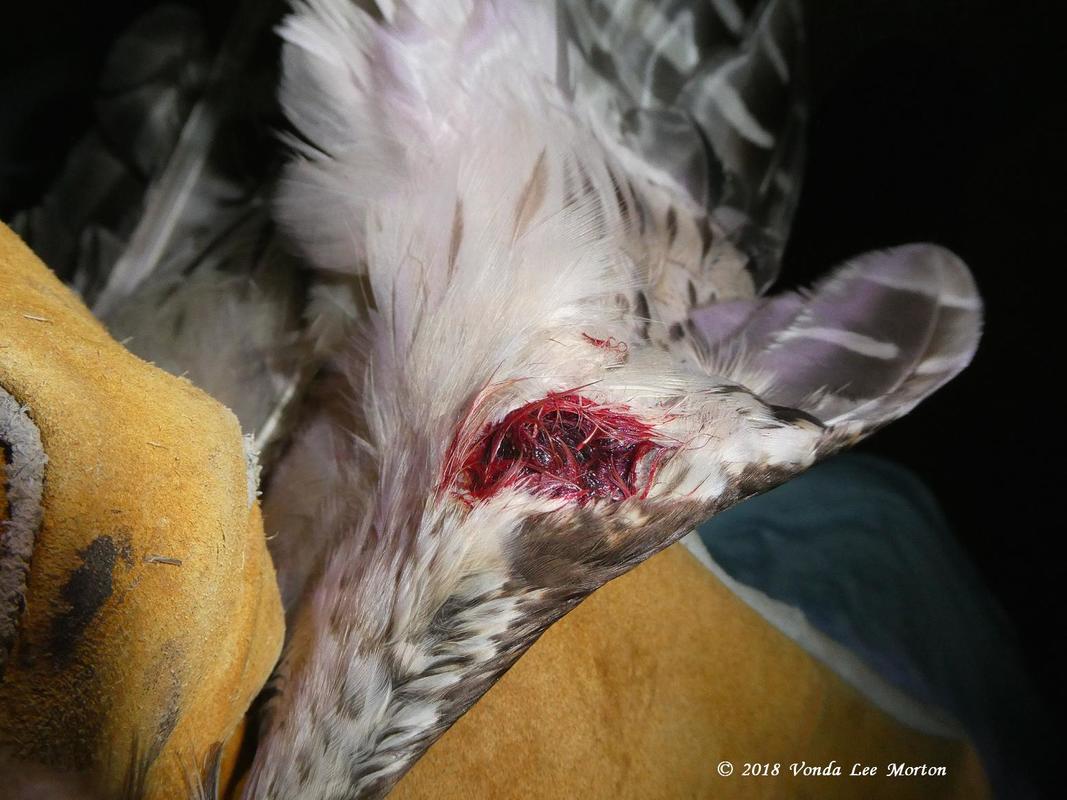

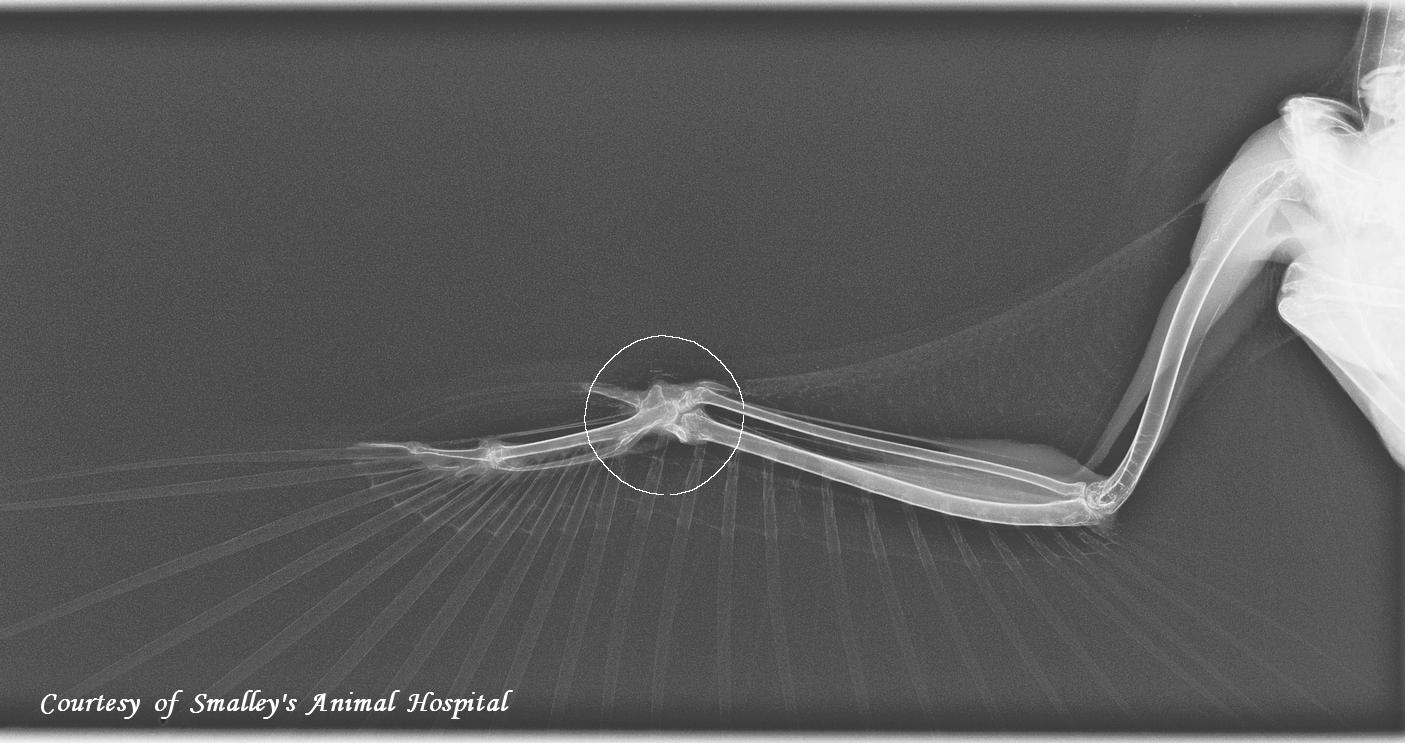
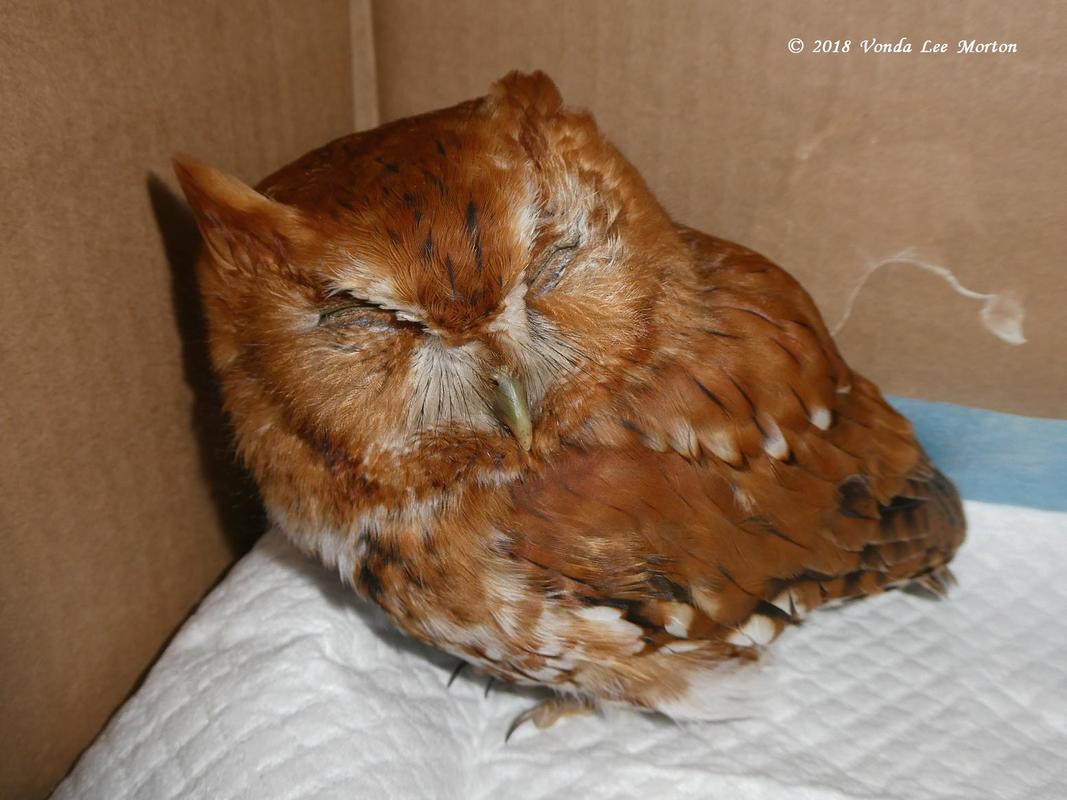
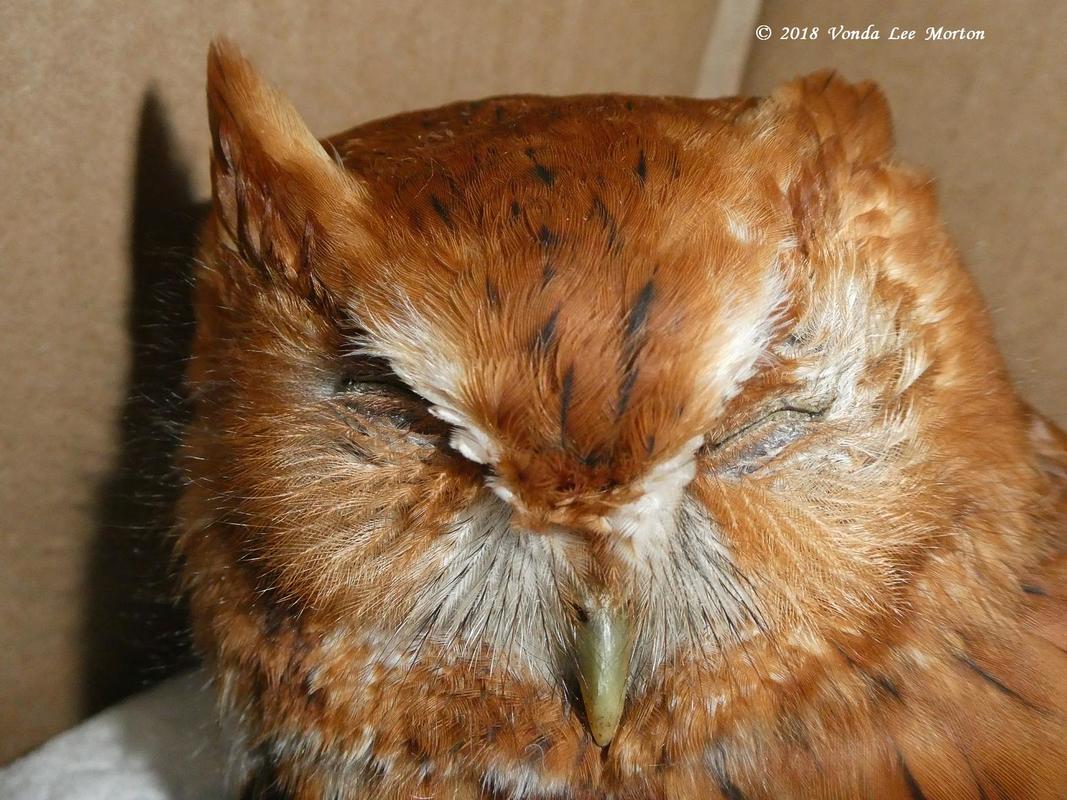
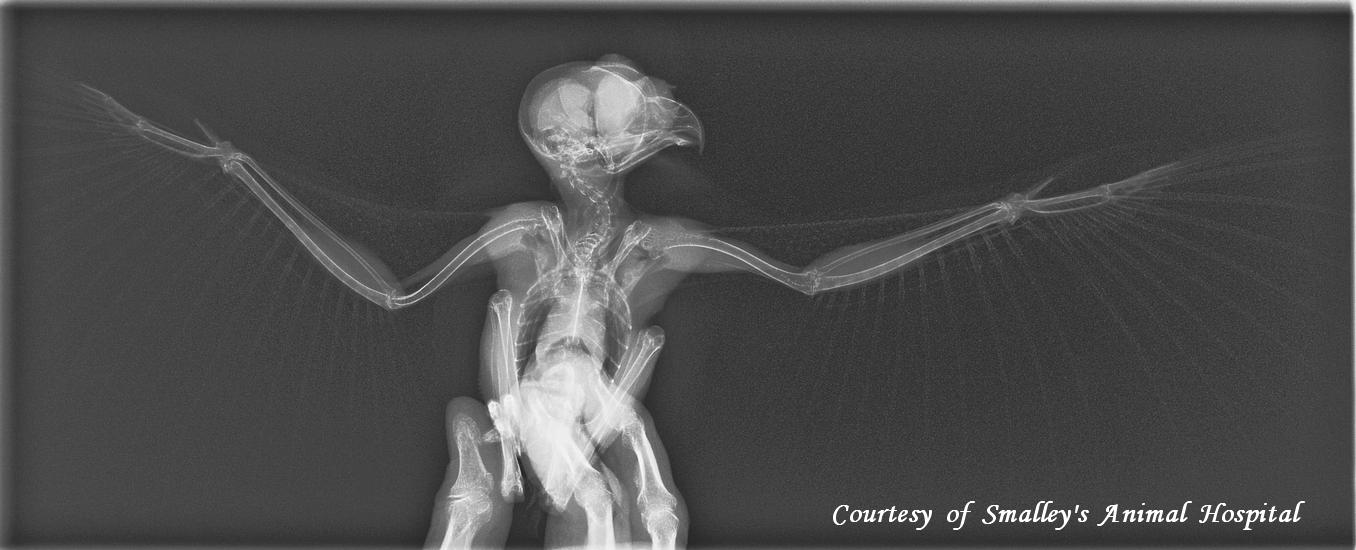
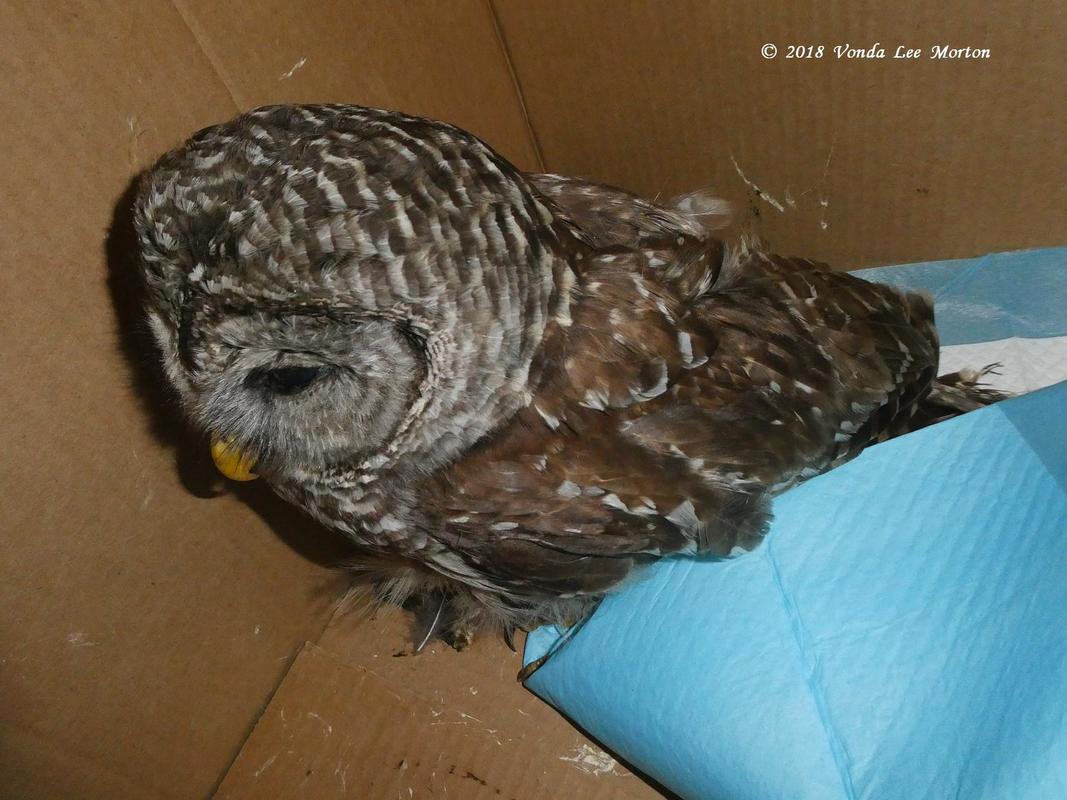
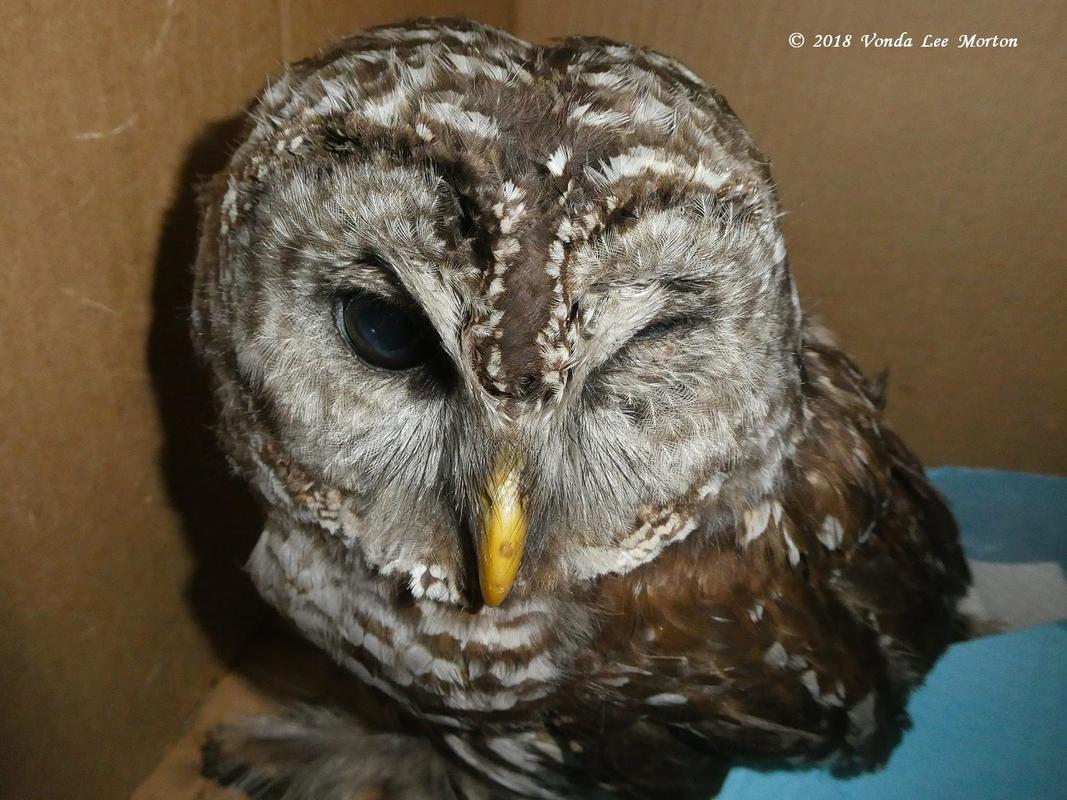
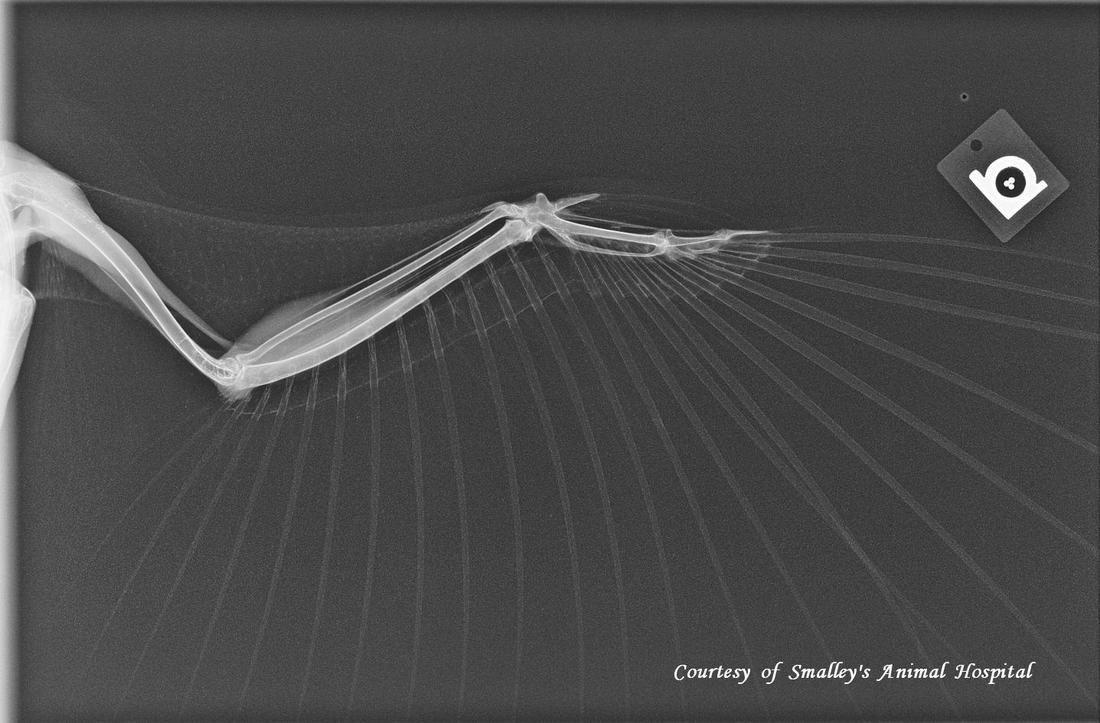
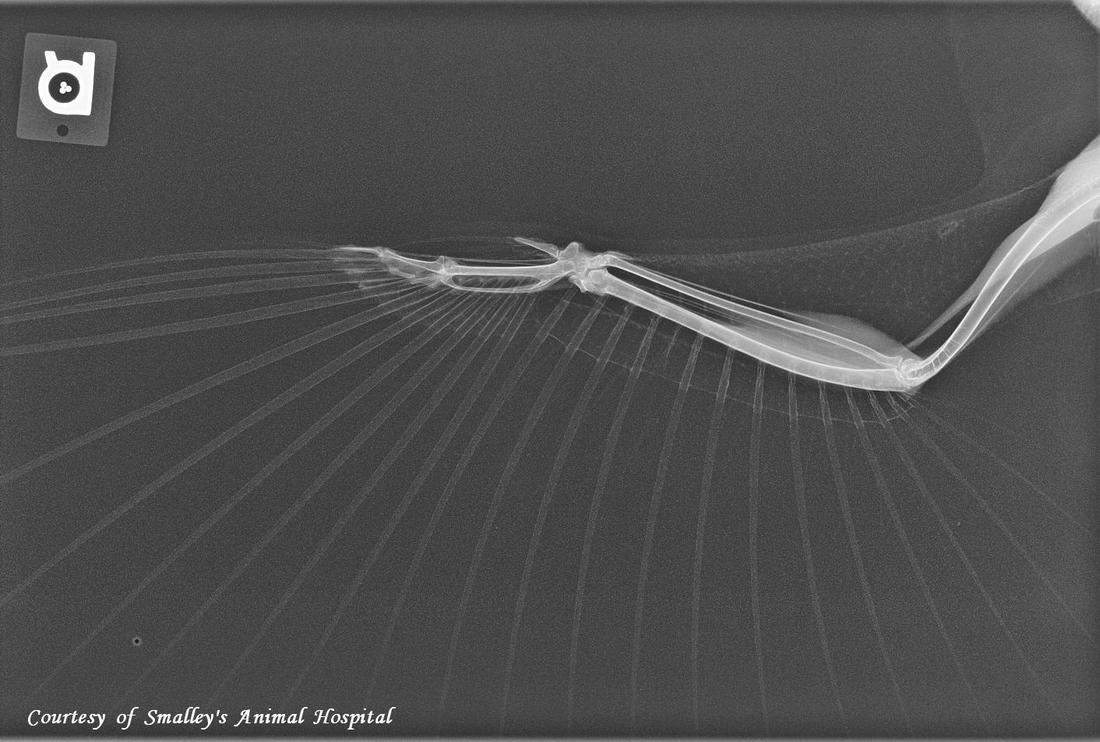
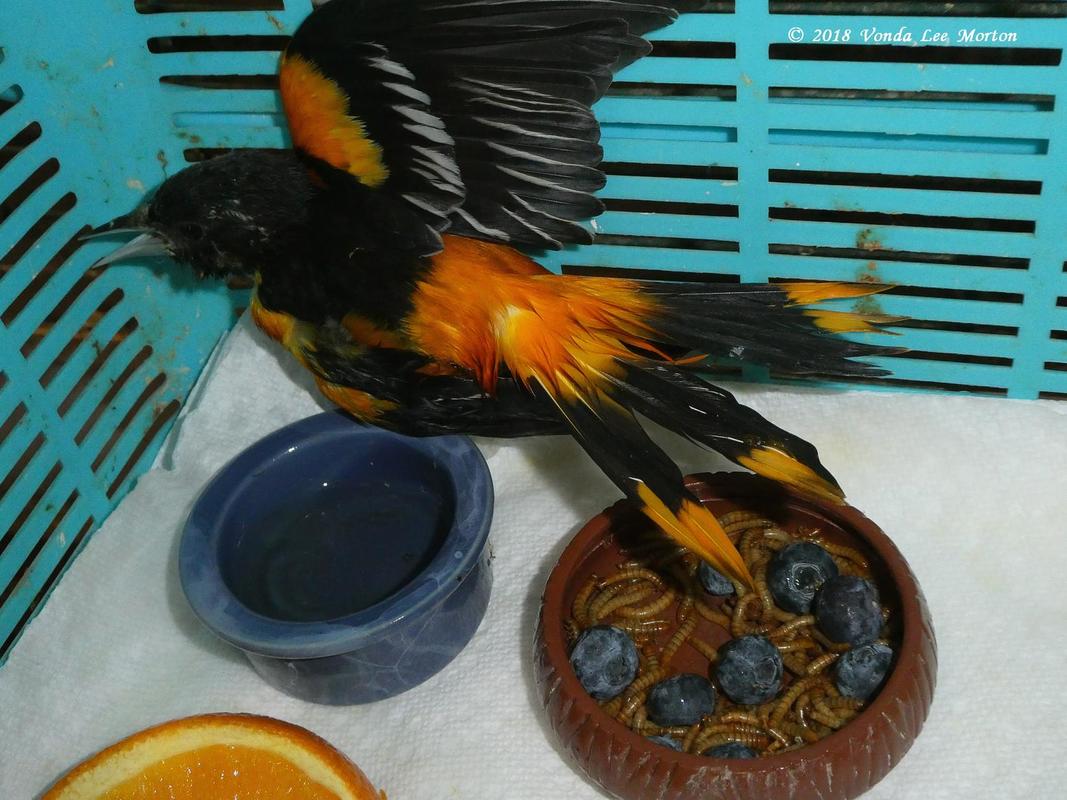
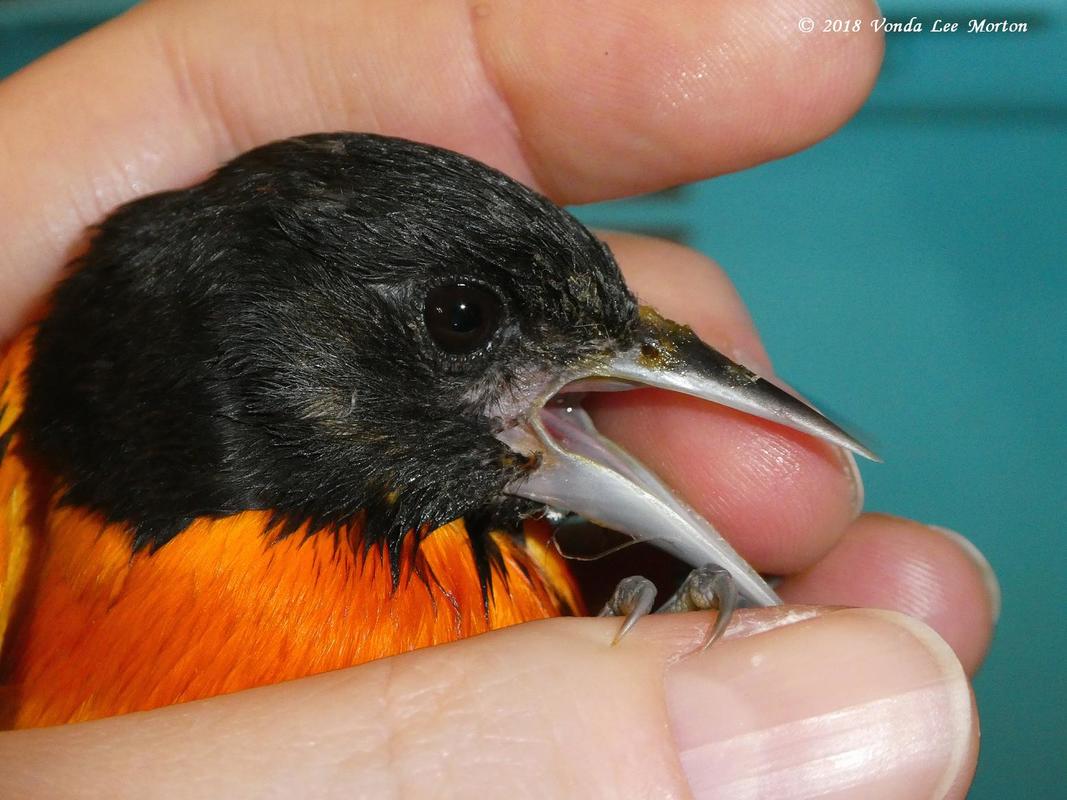
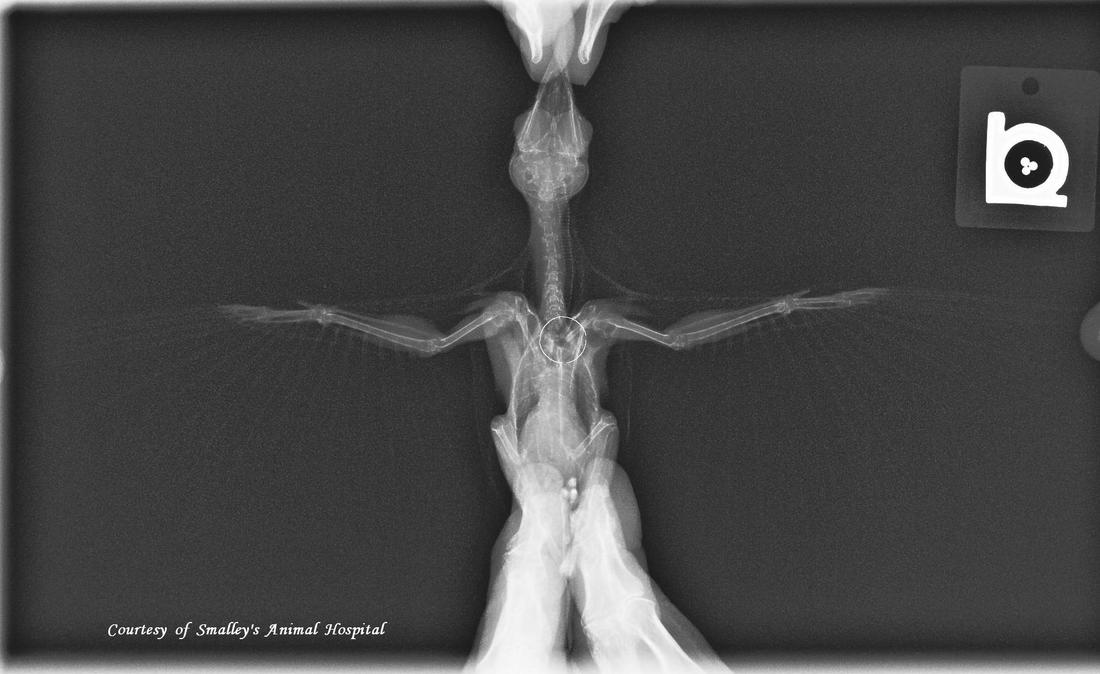
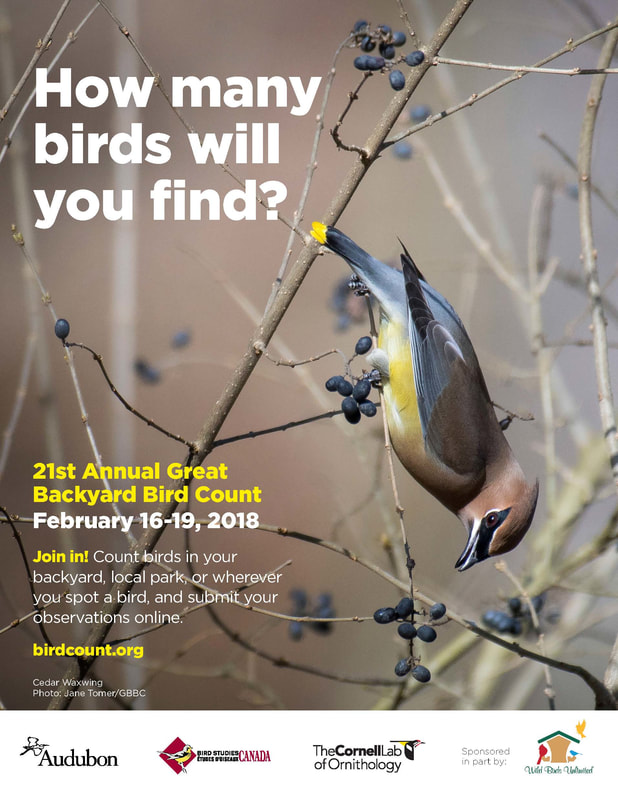
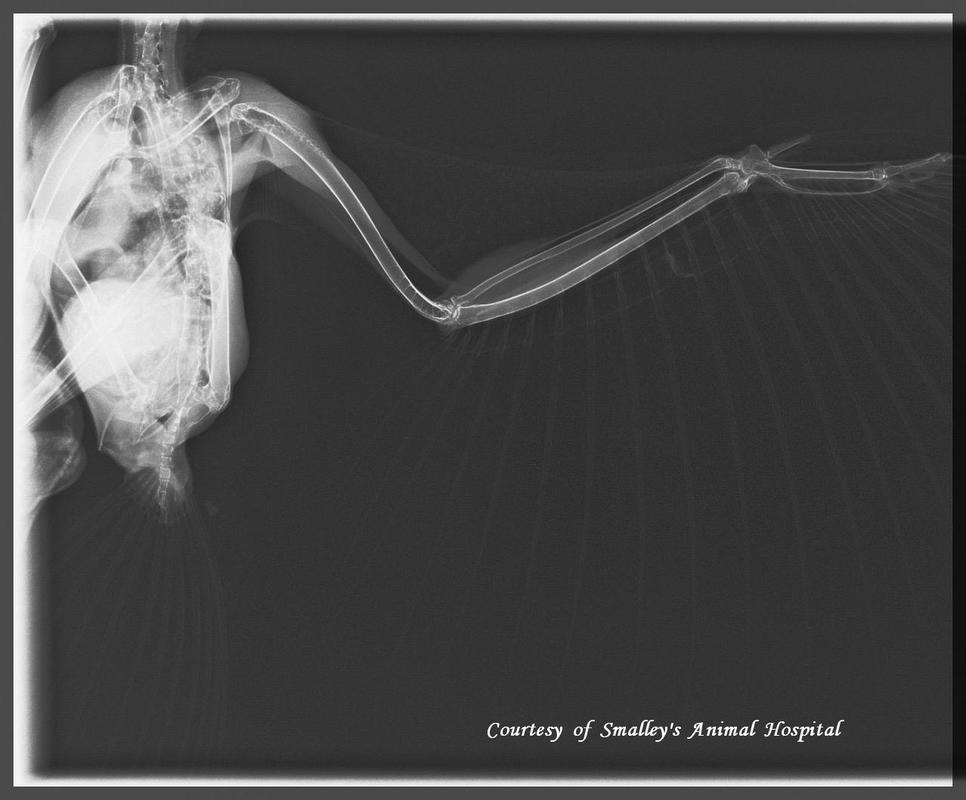

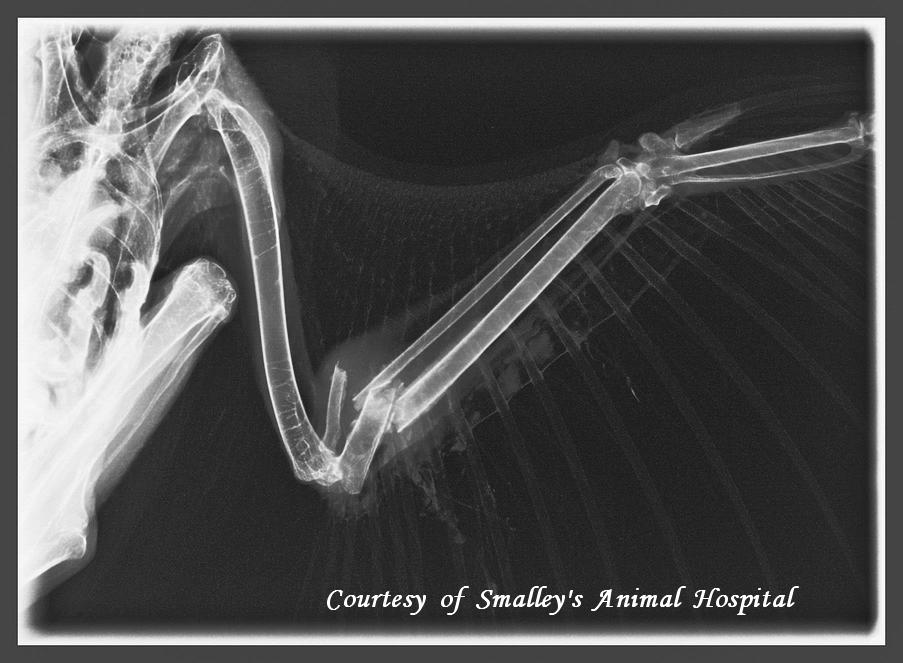
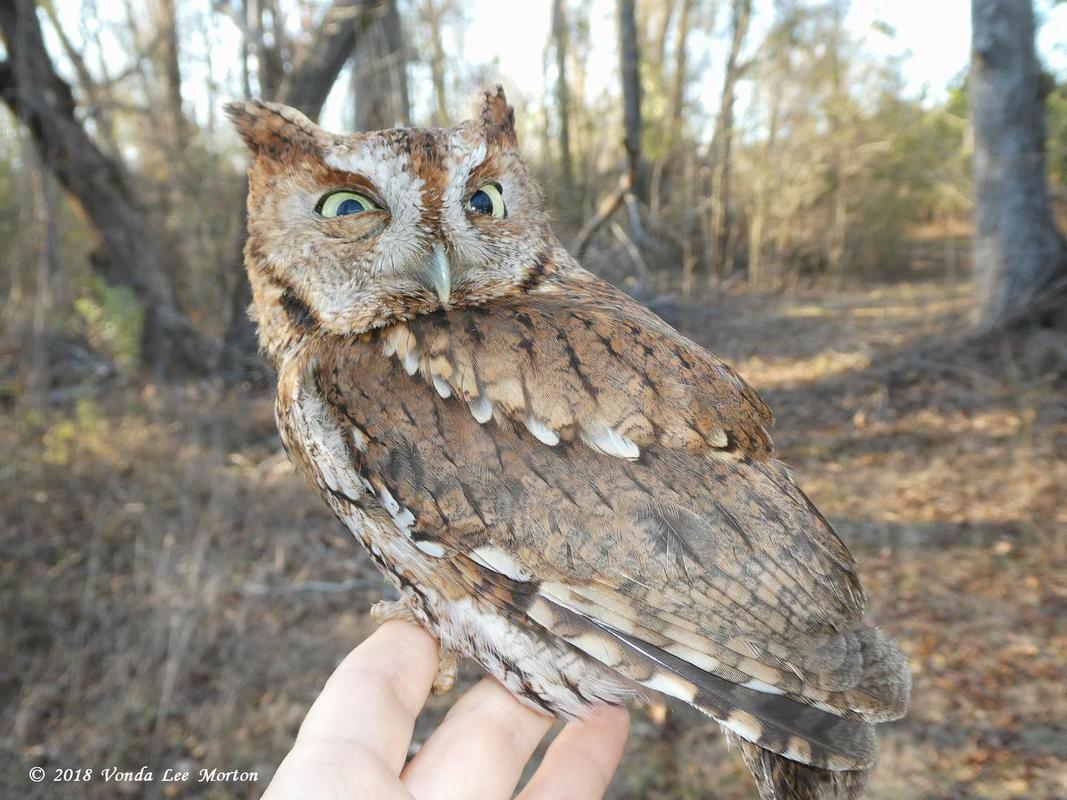

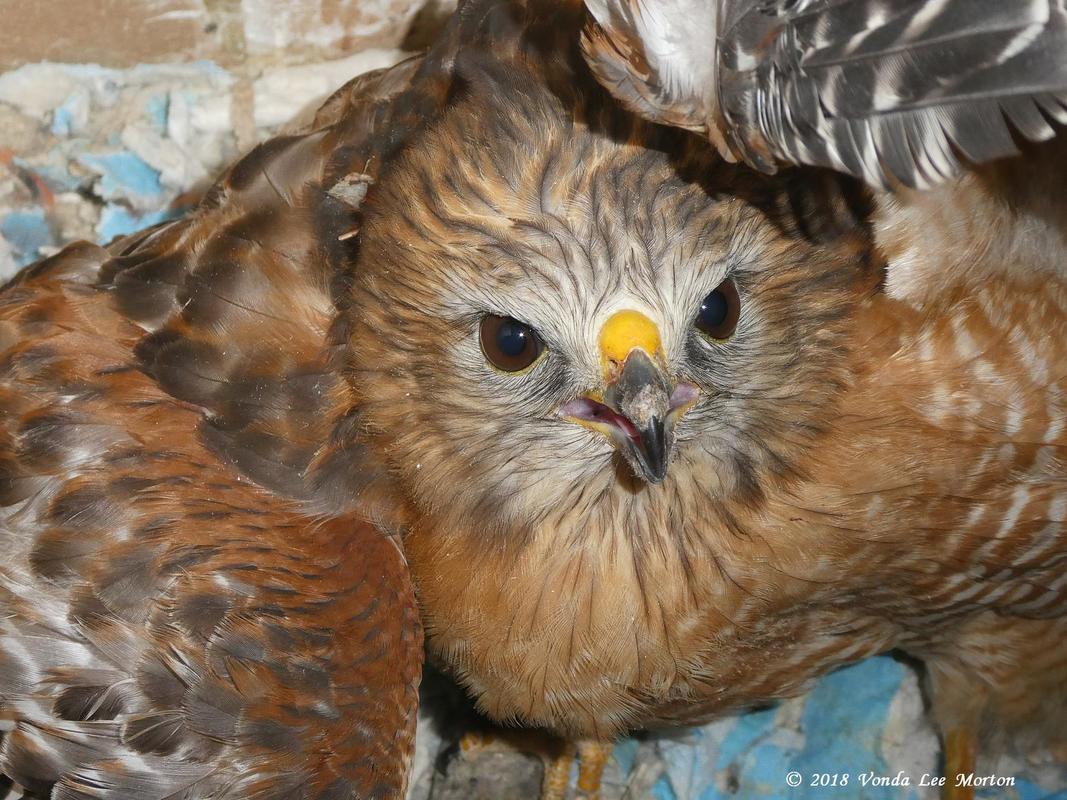
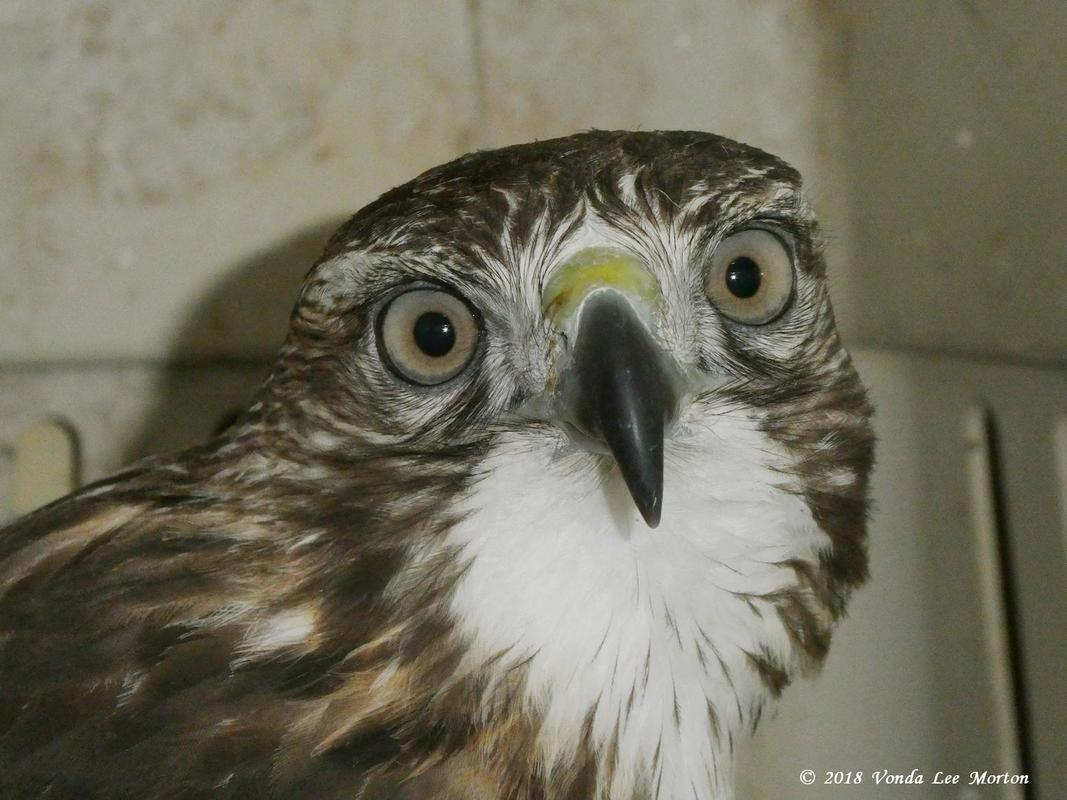
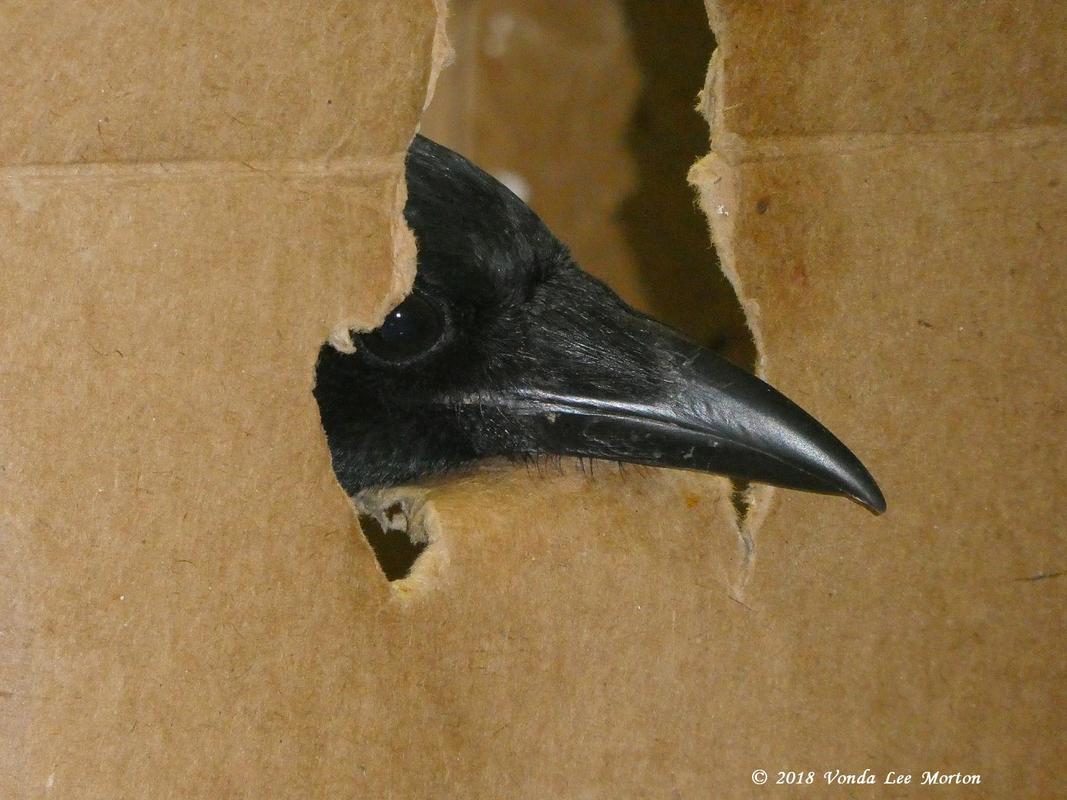
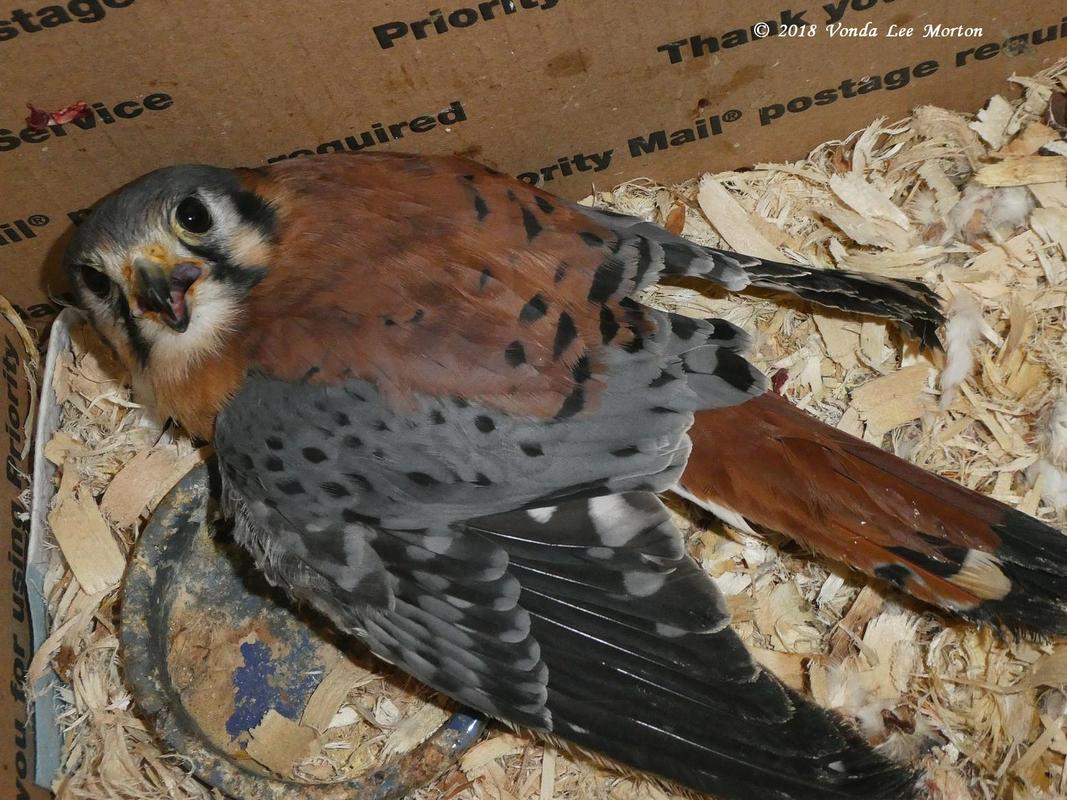
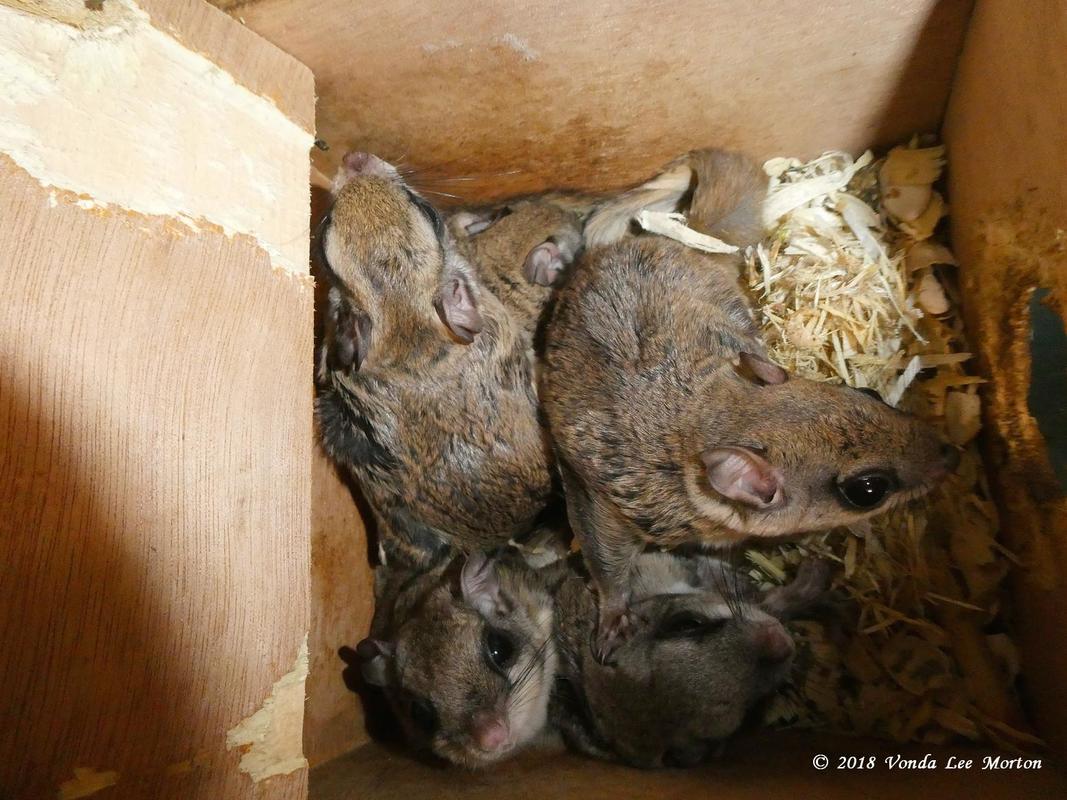
 RSS Feed
RSS Feed
